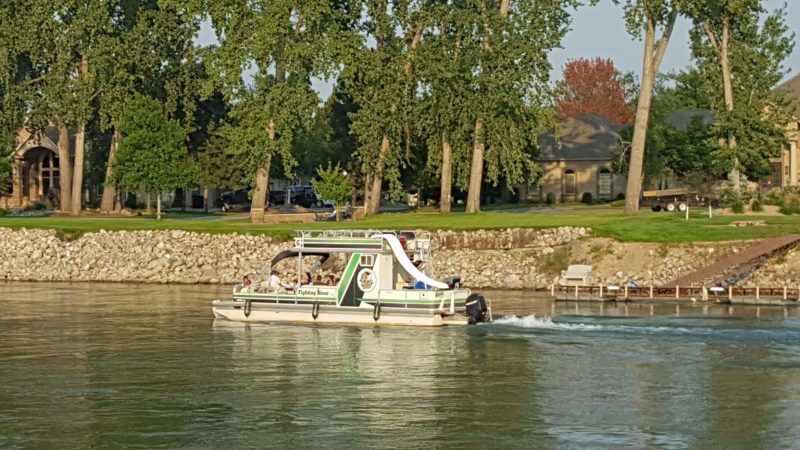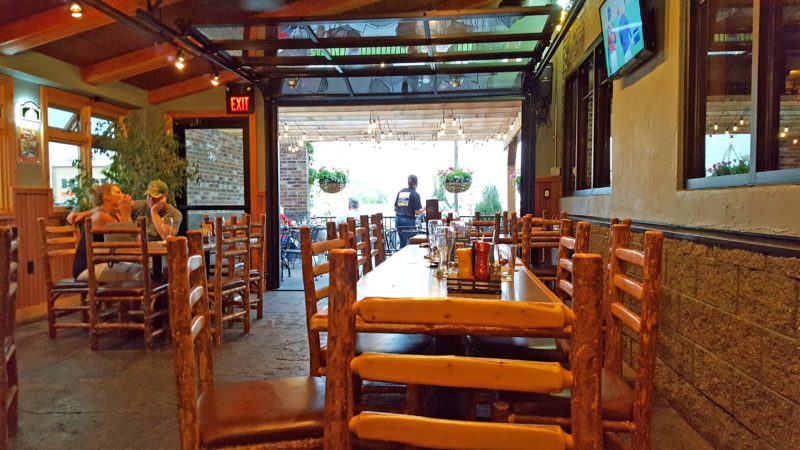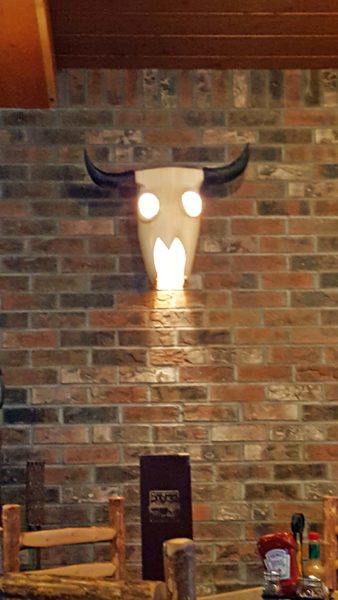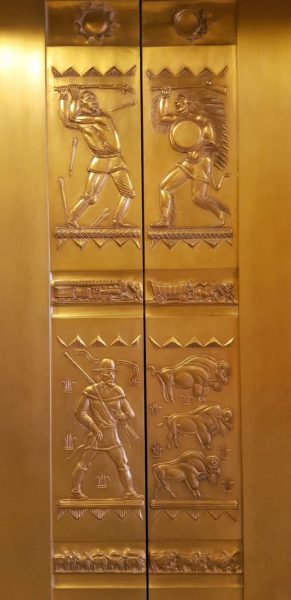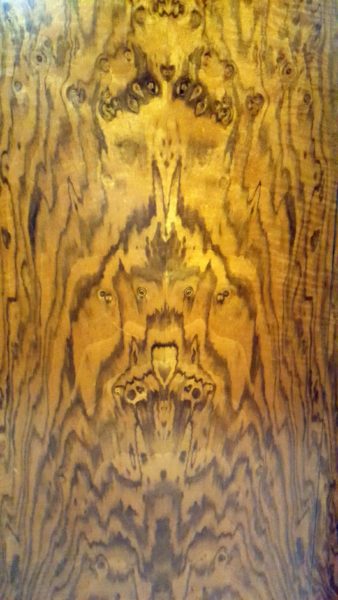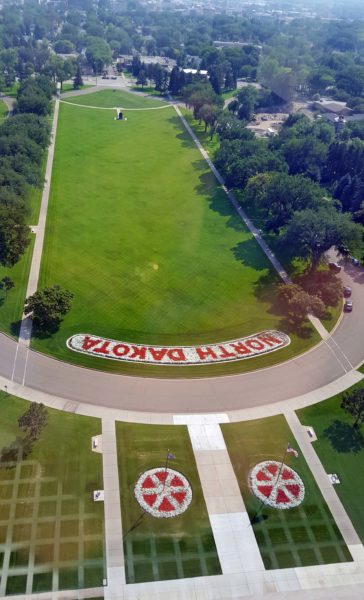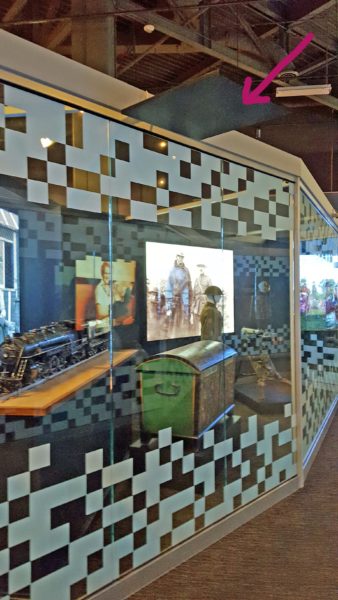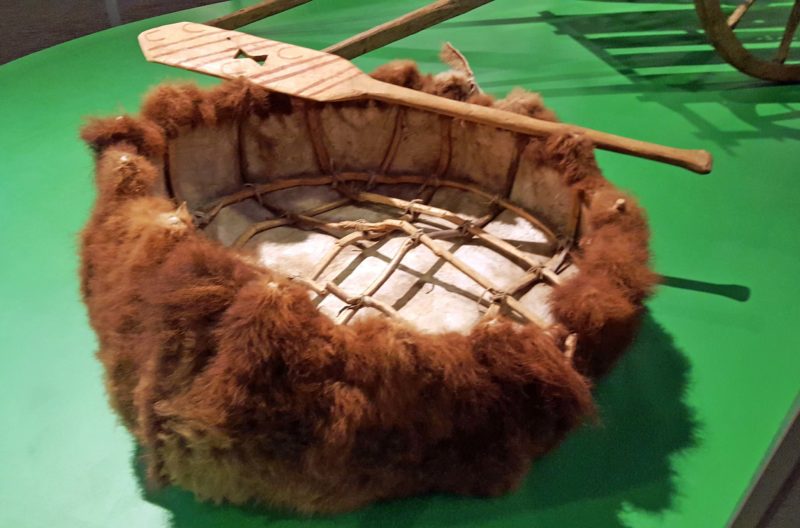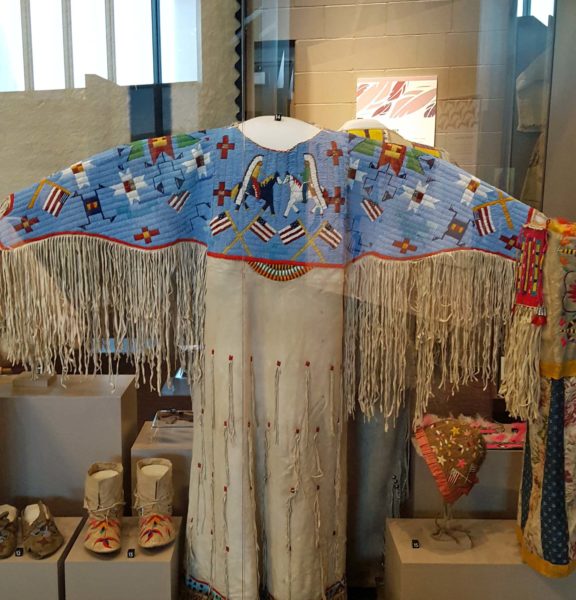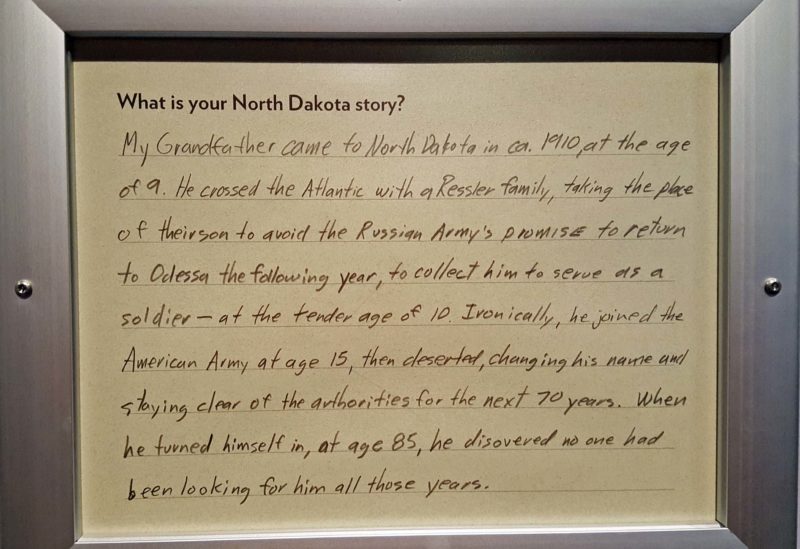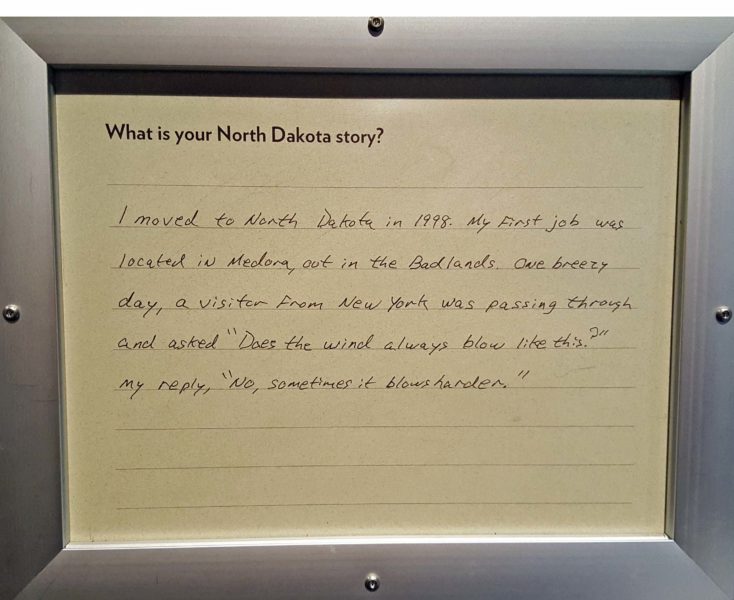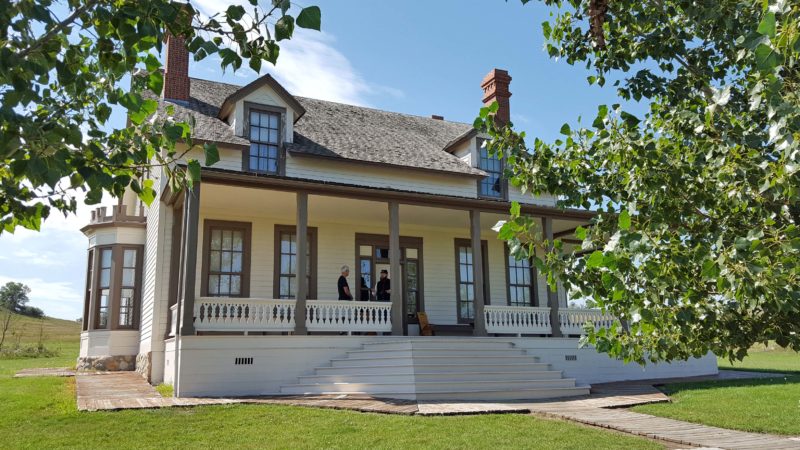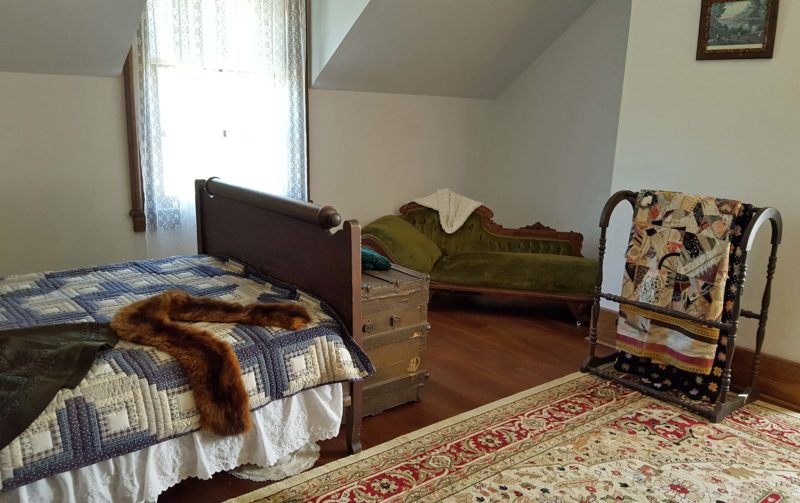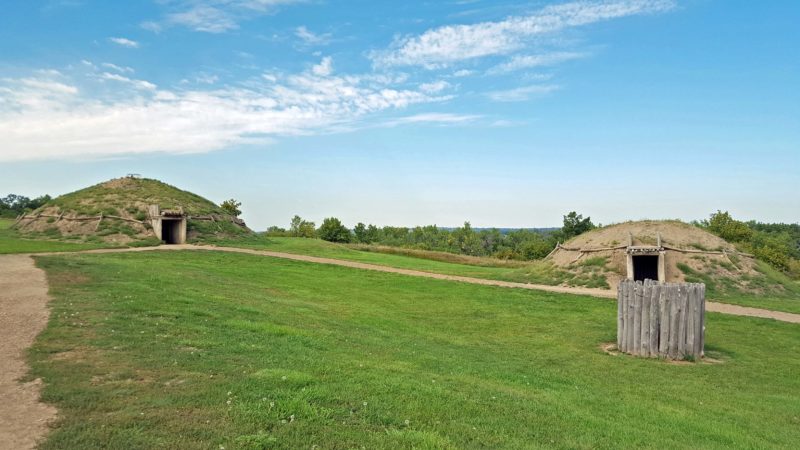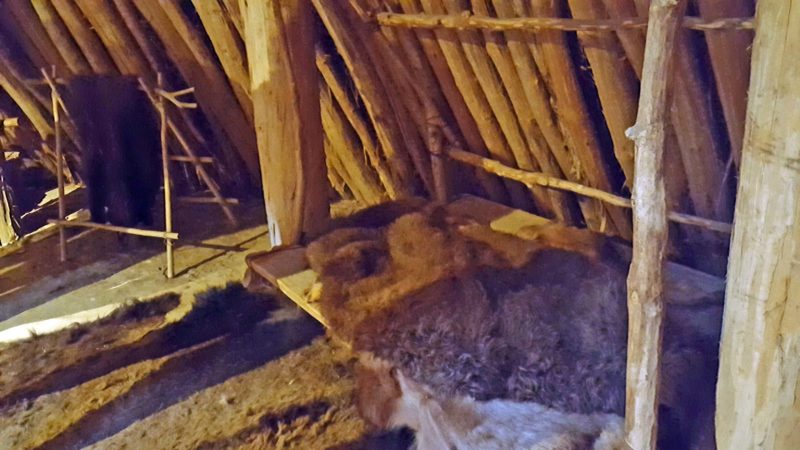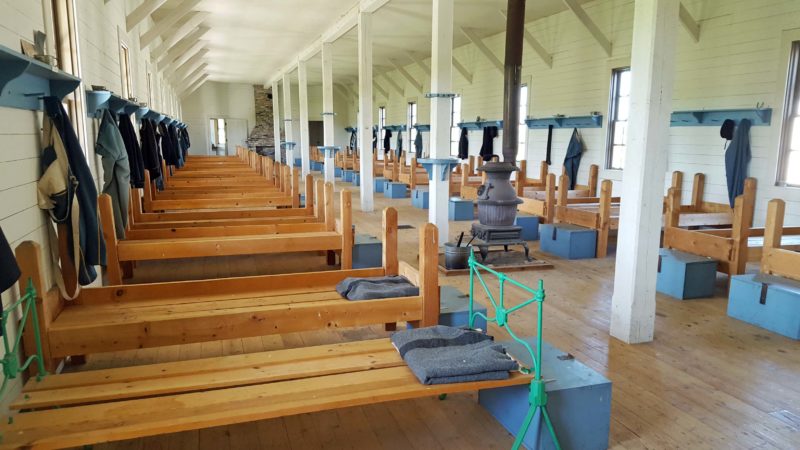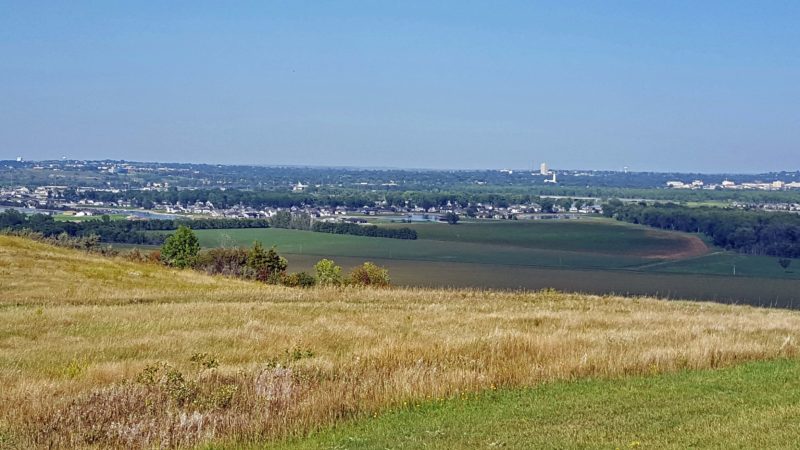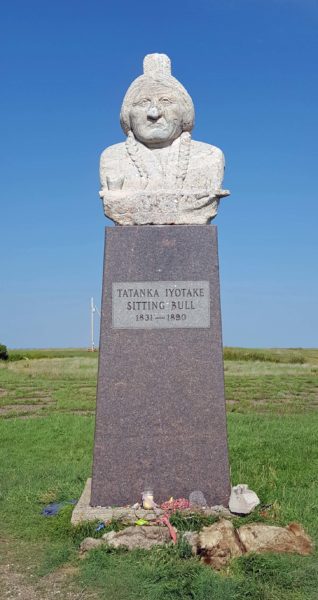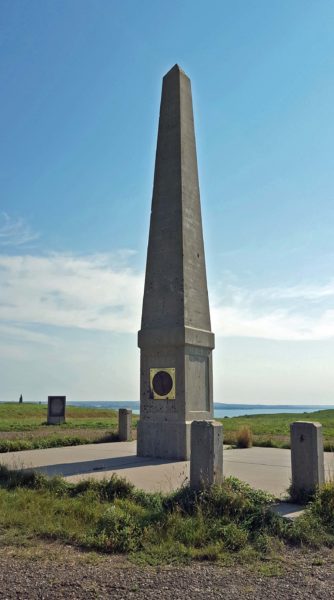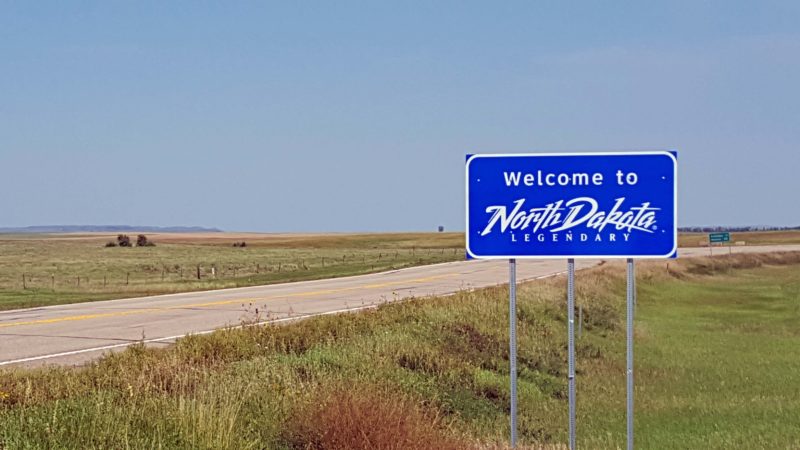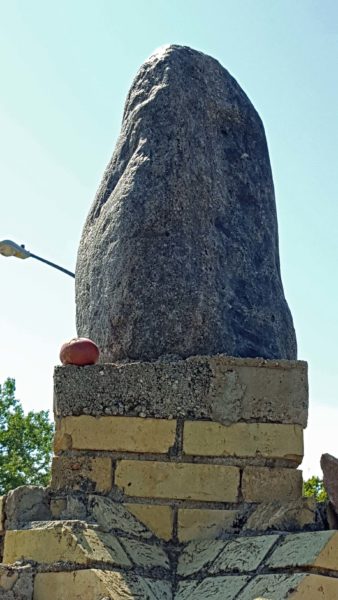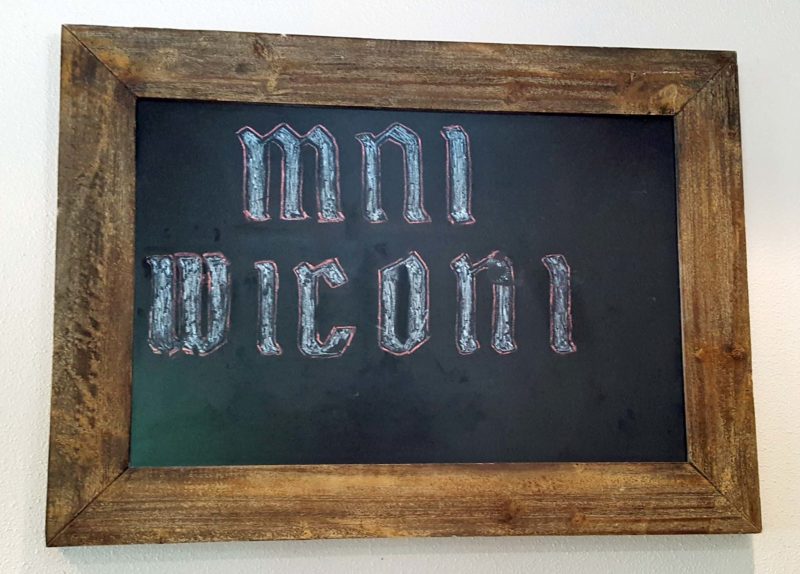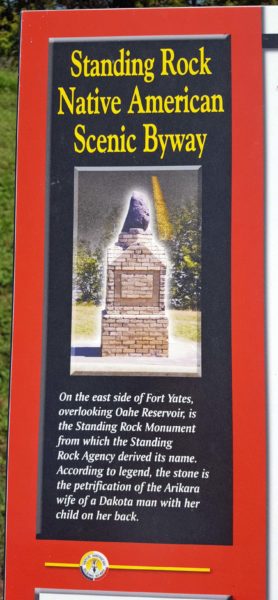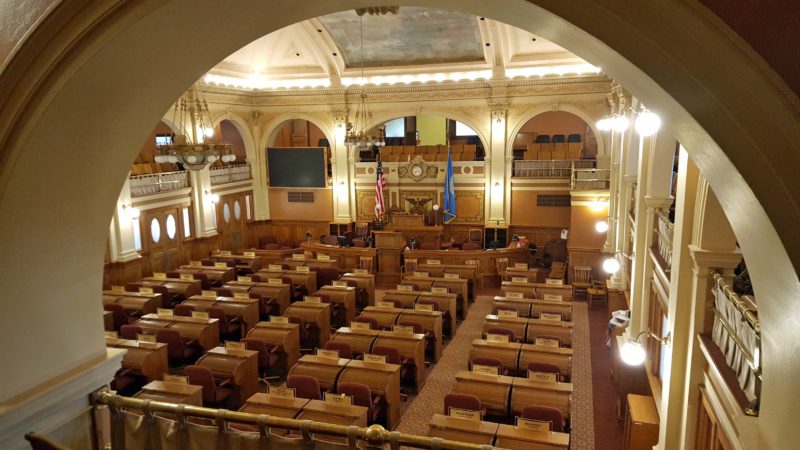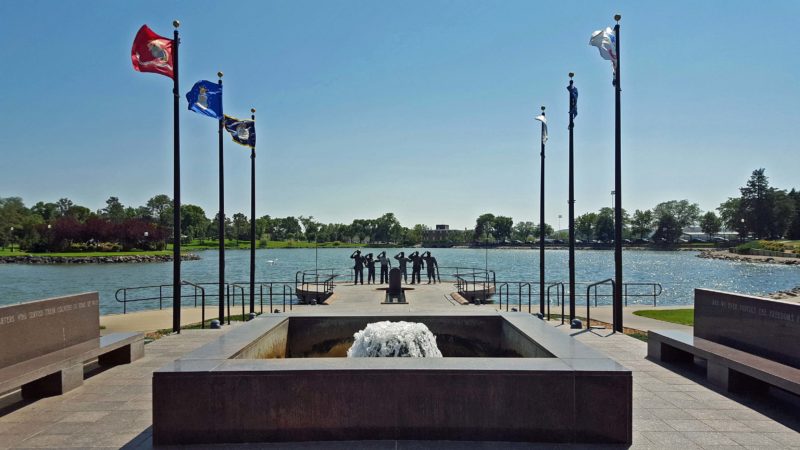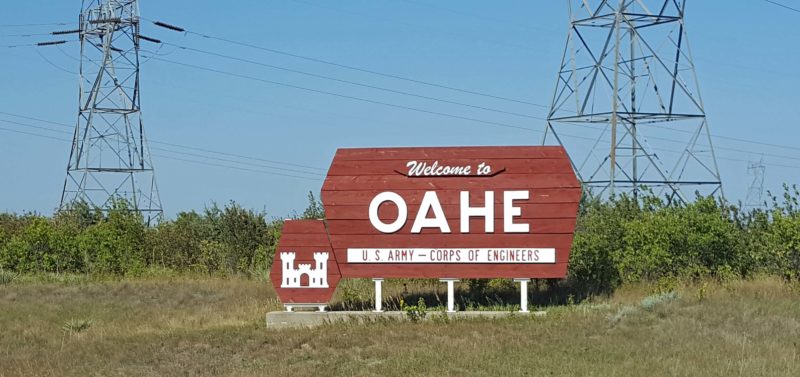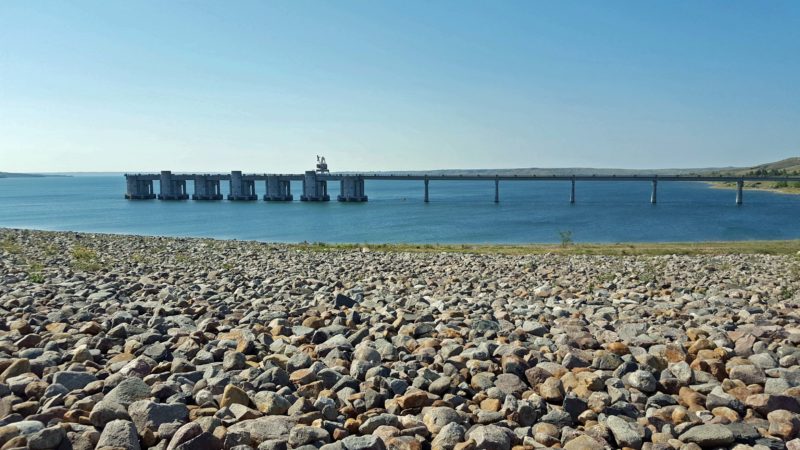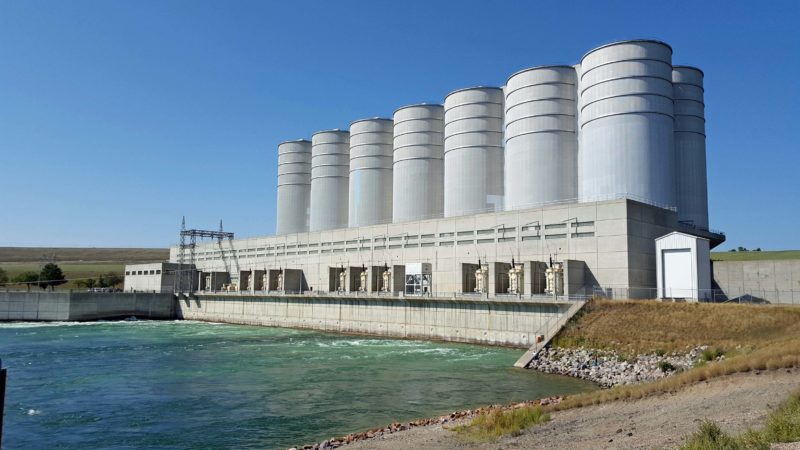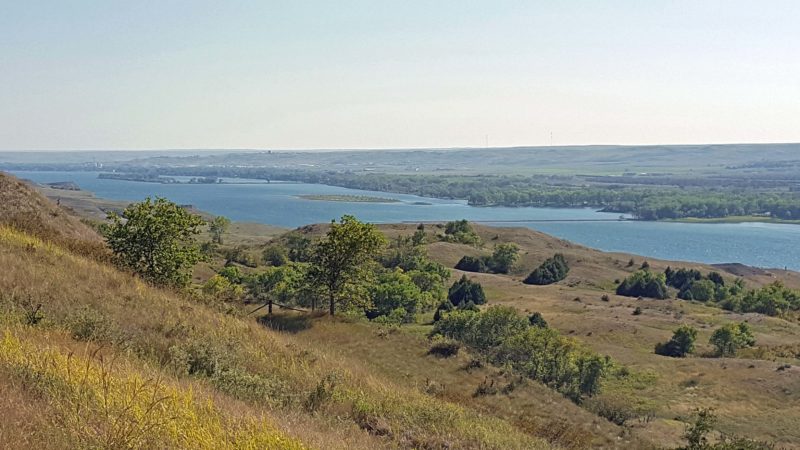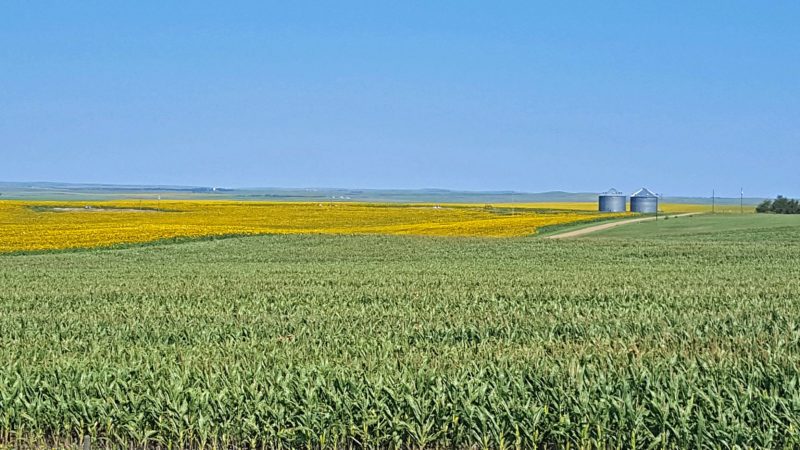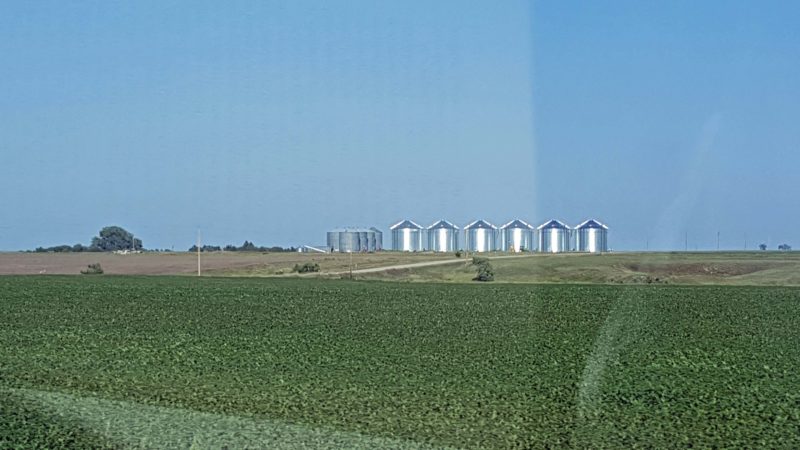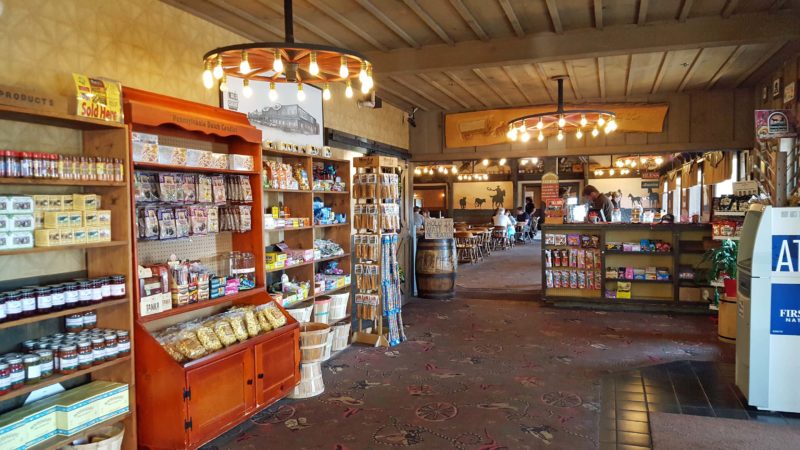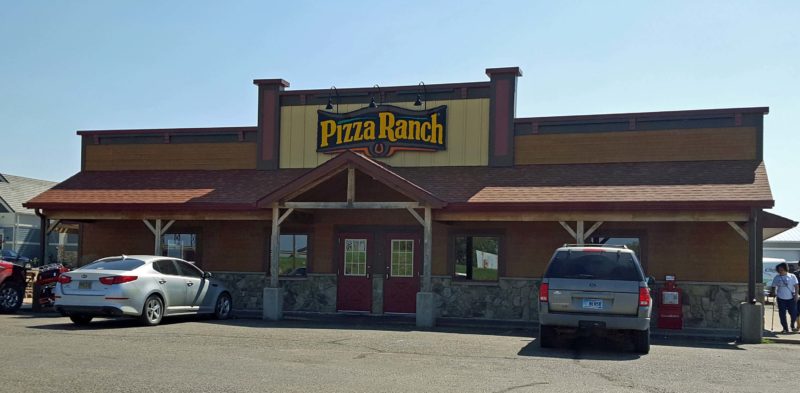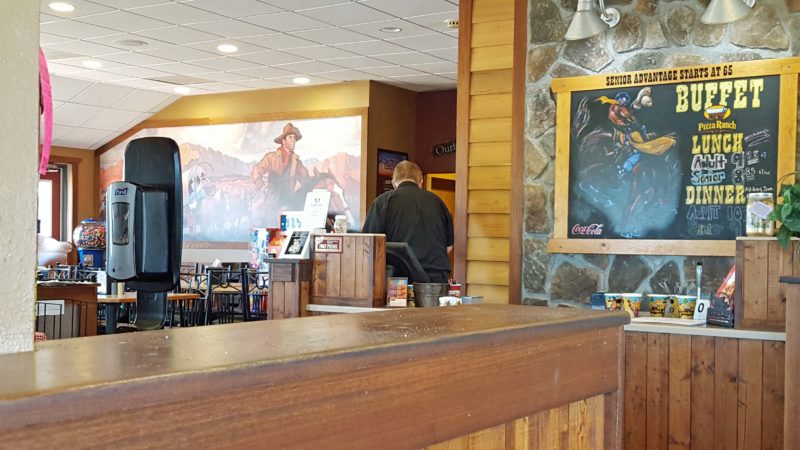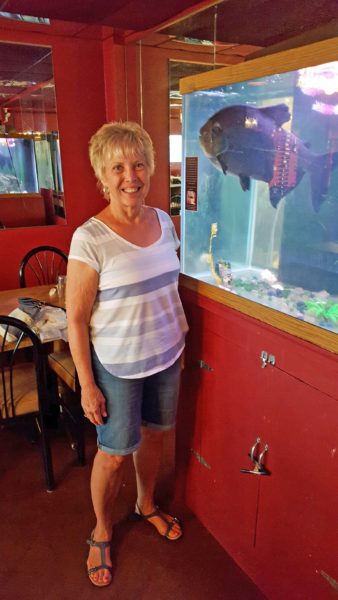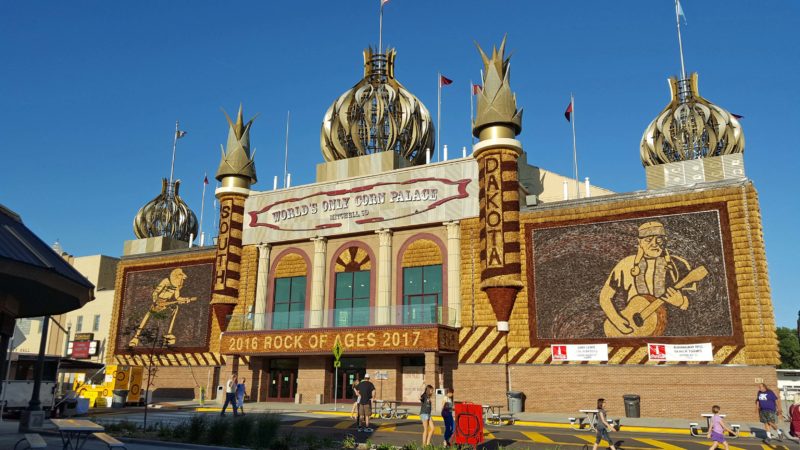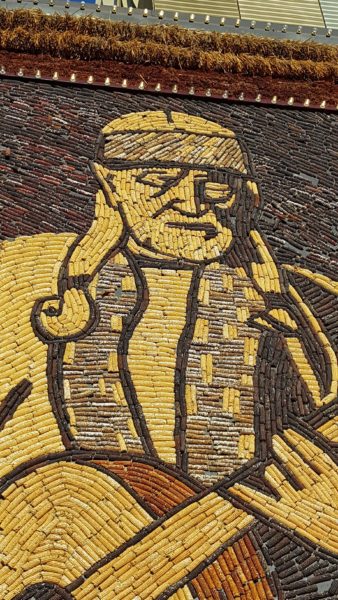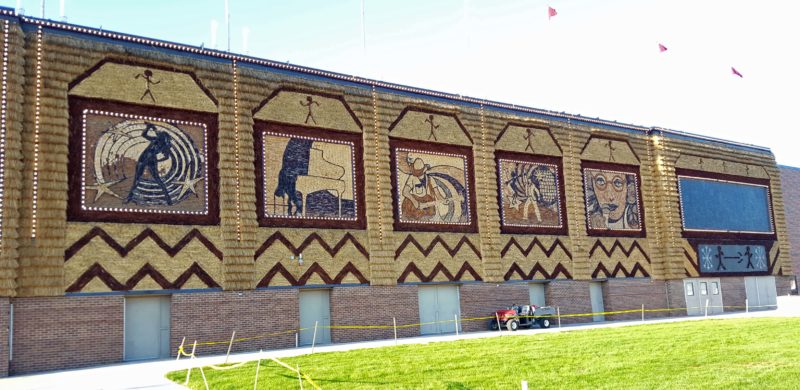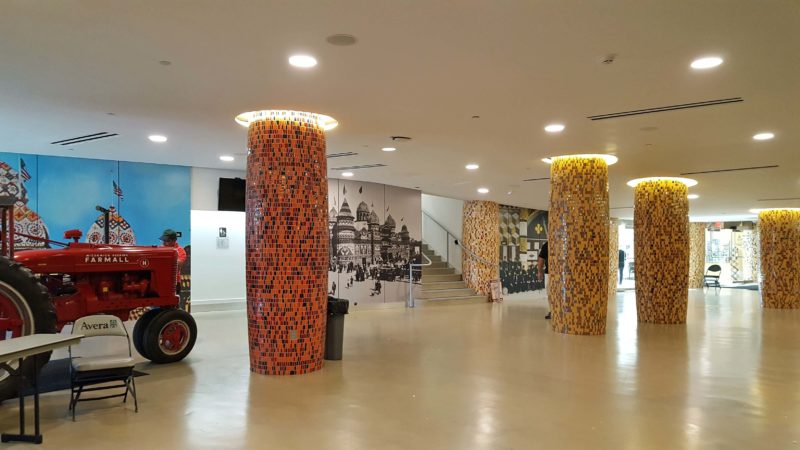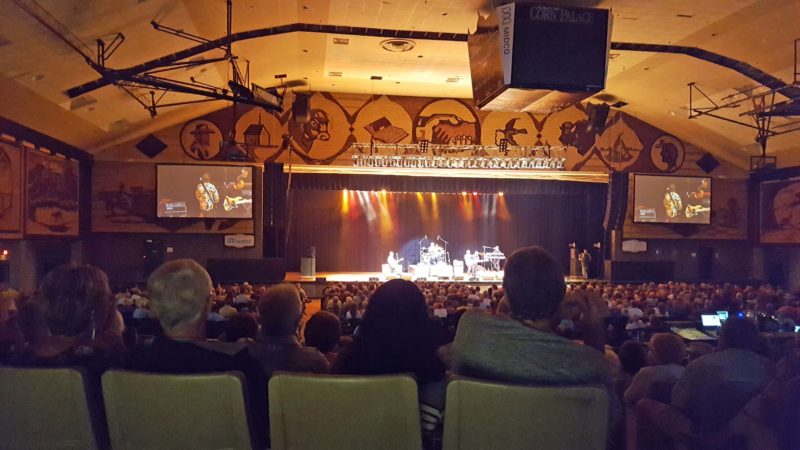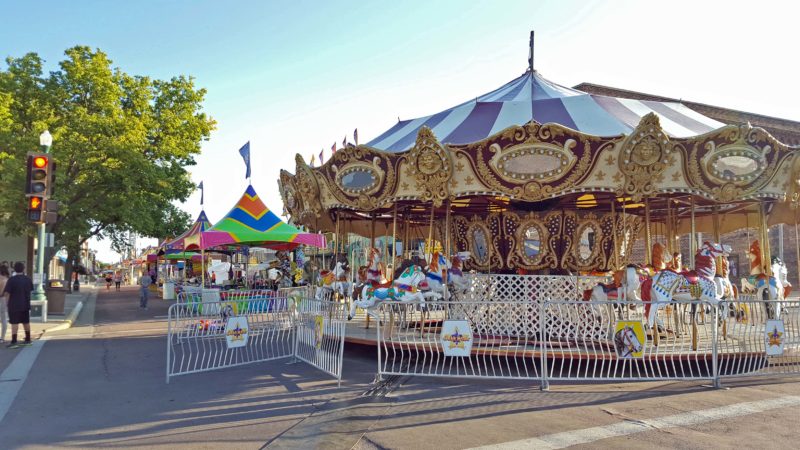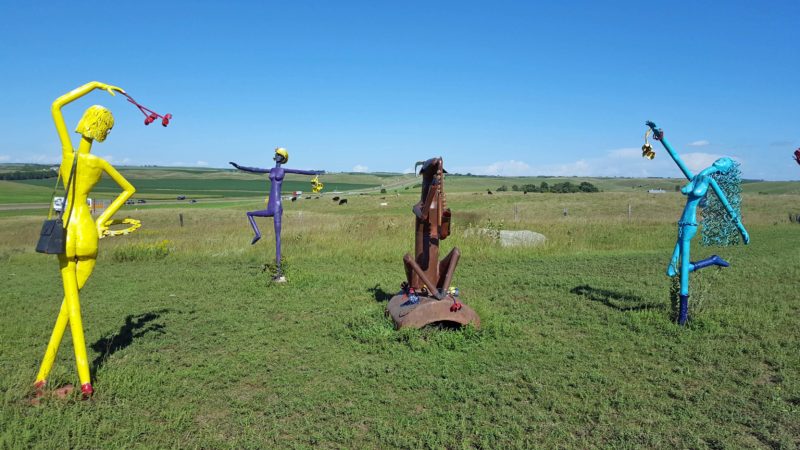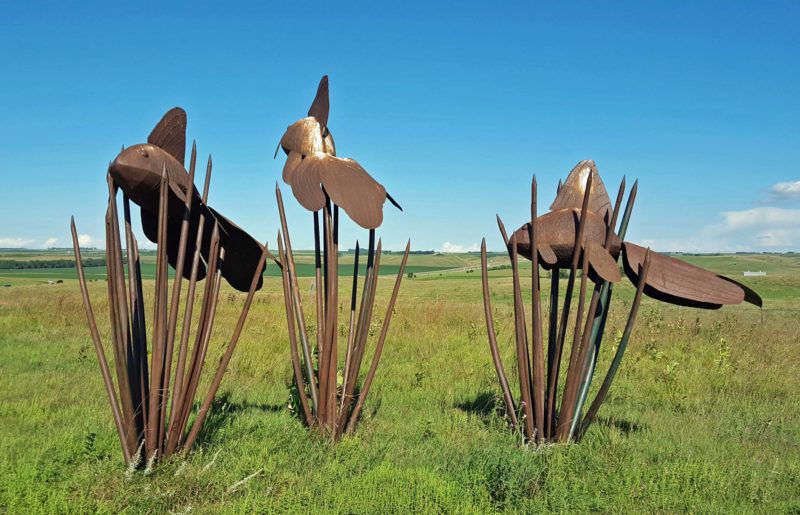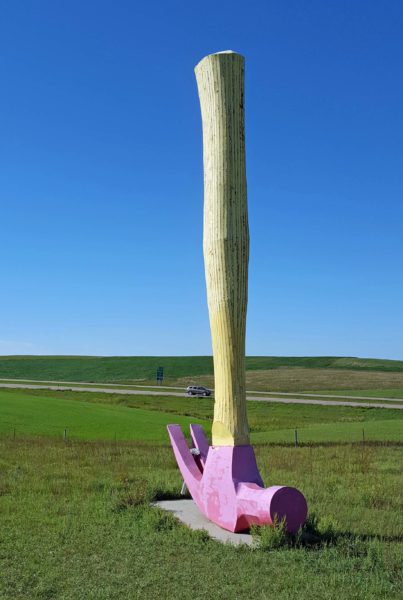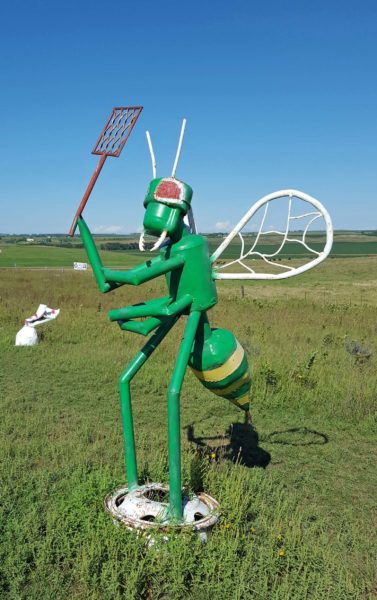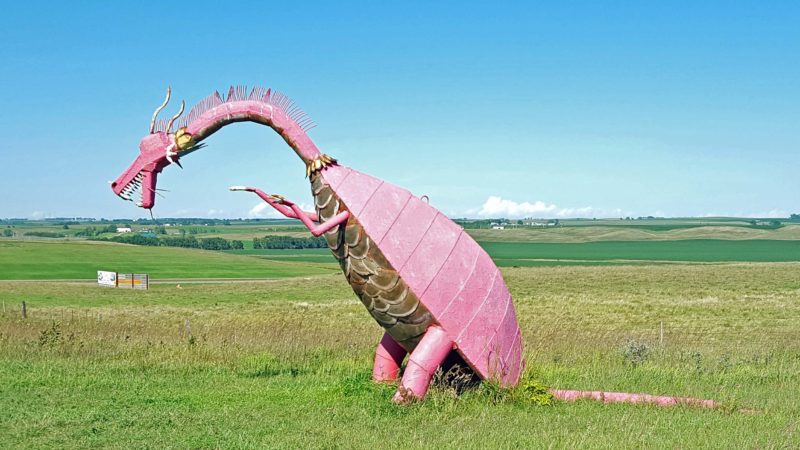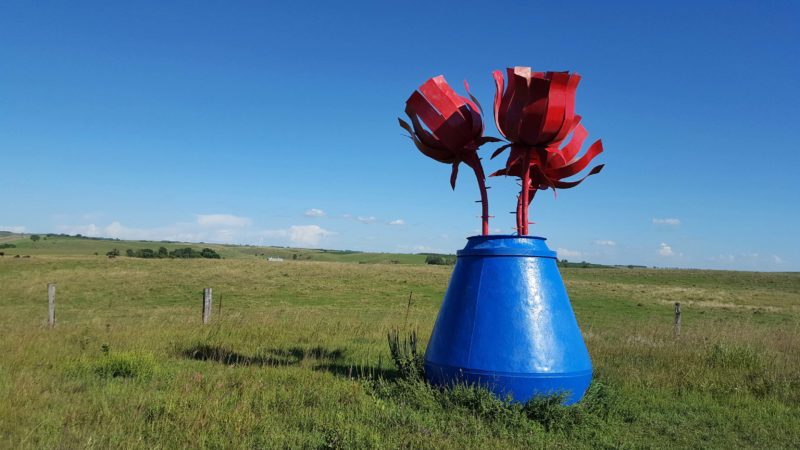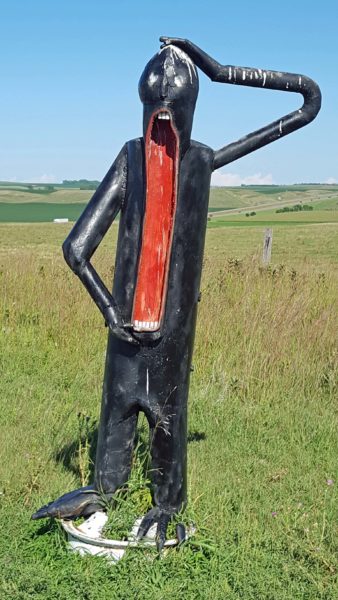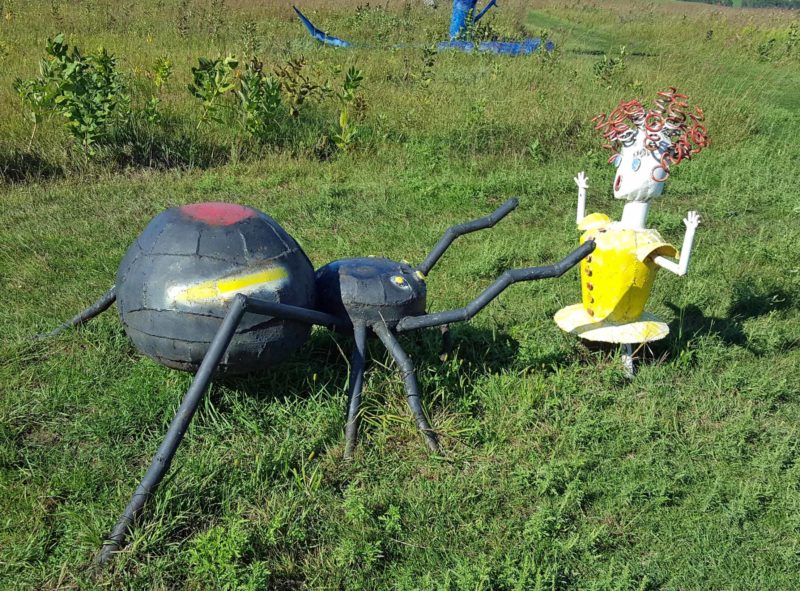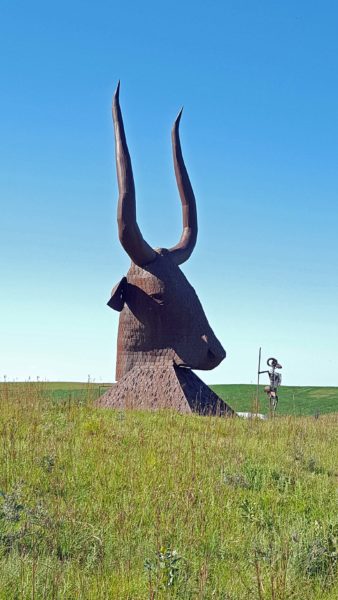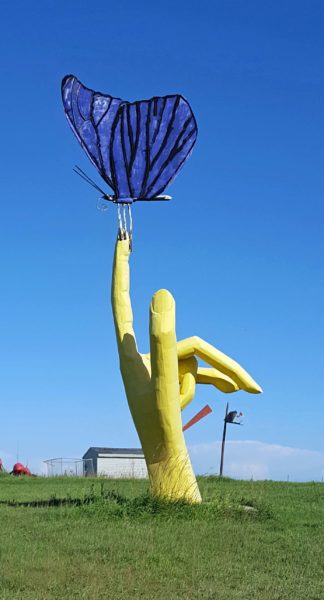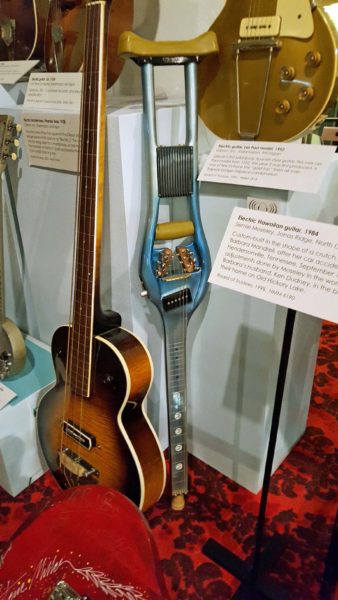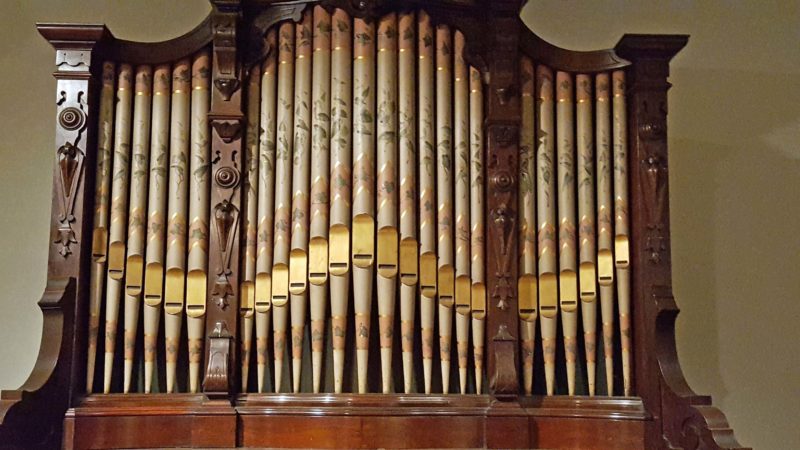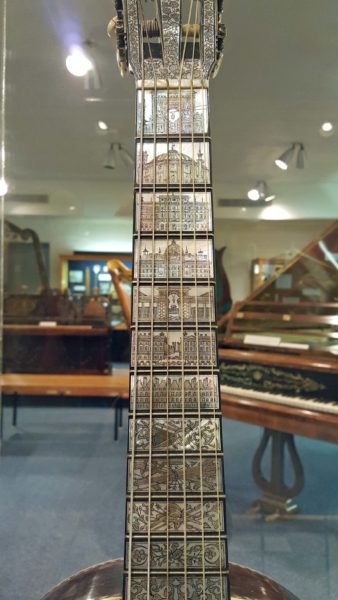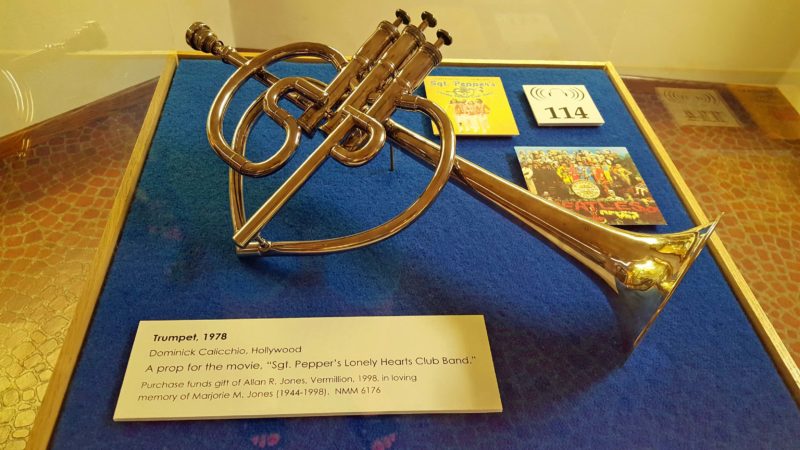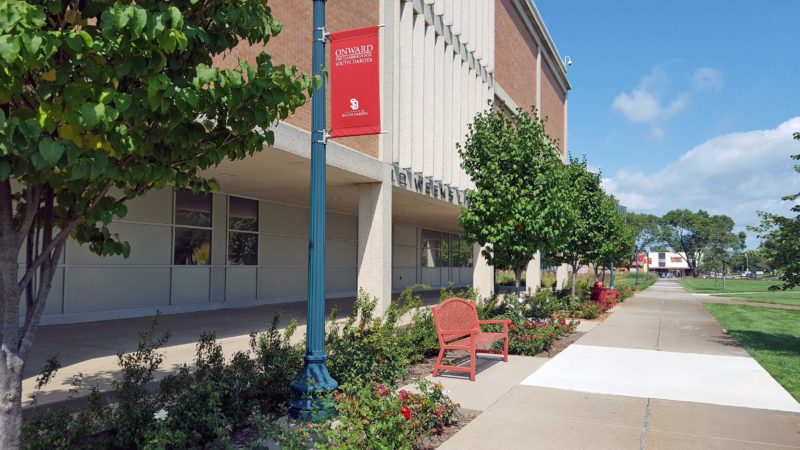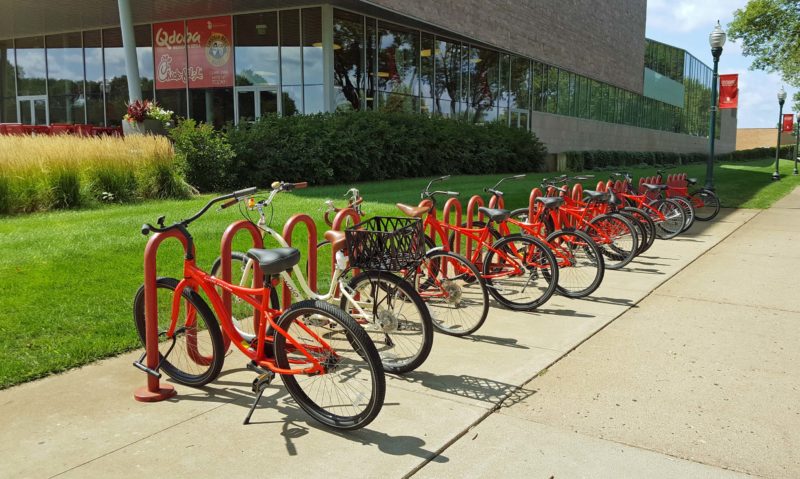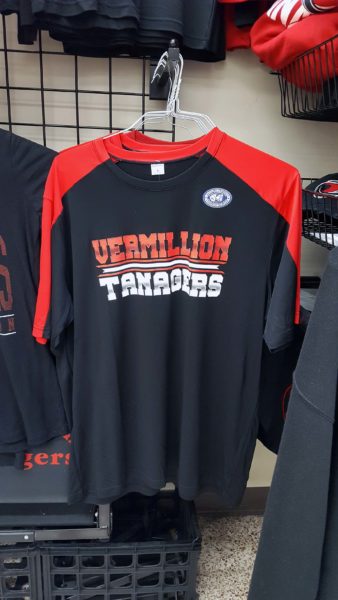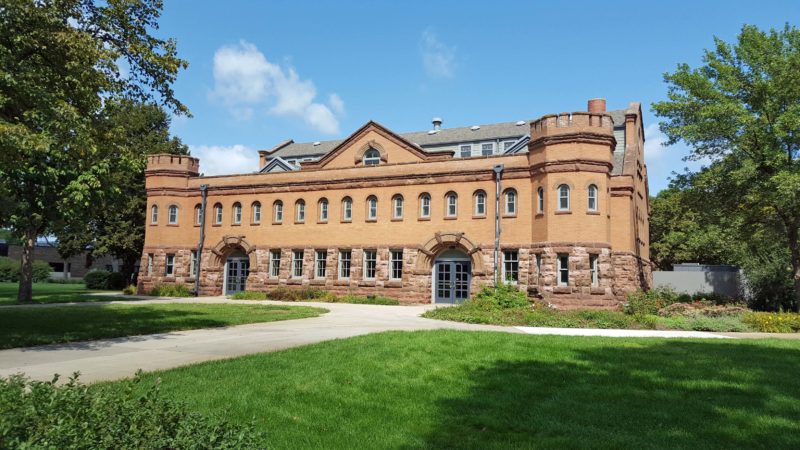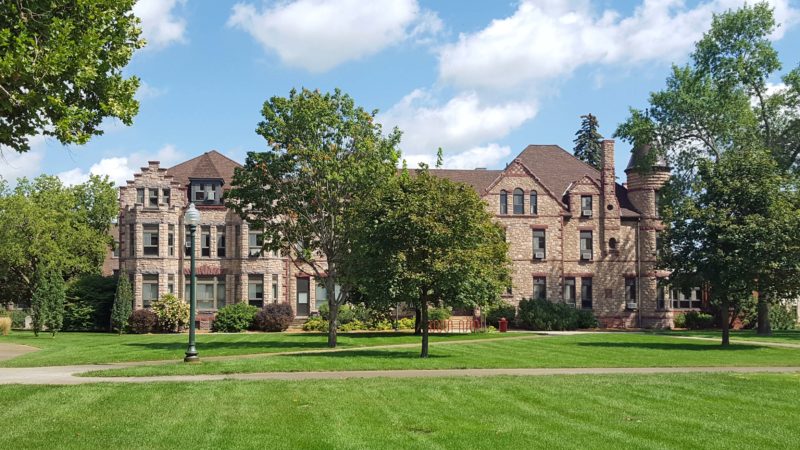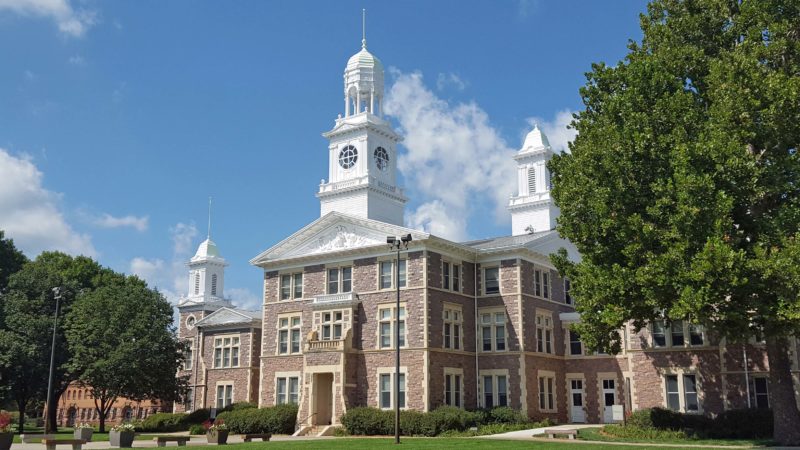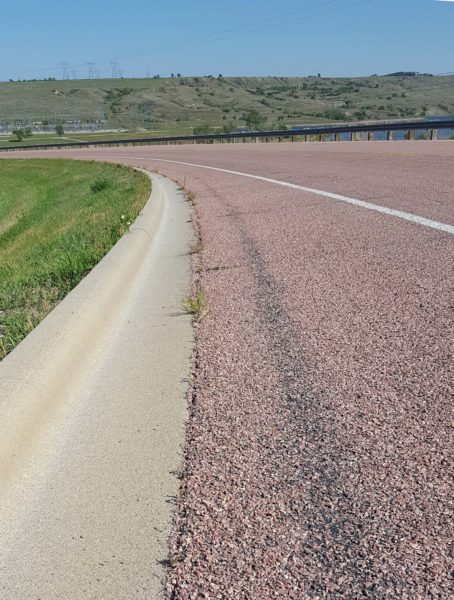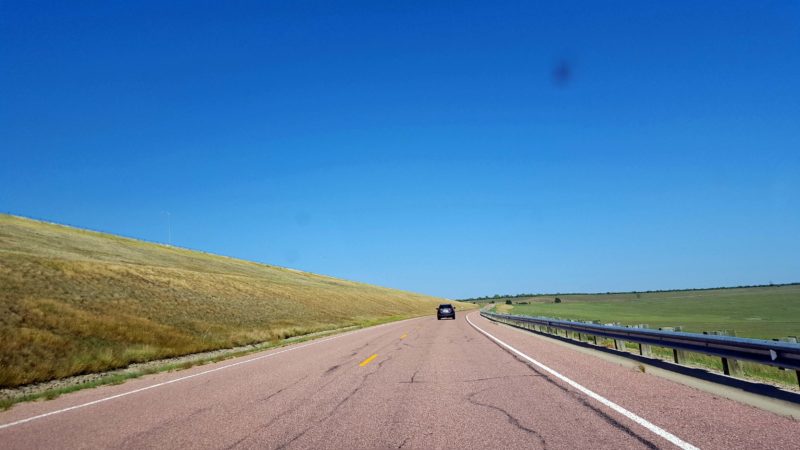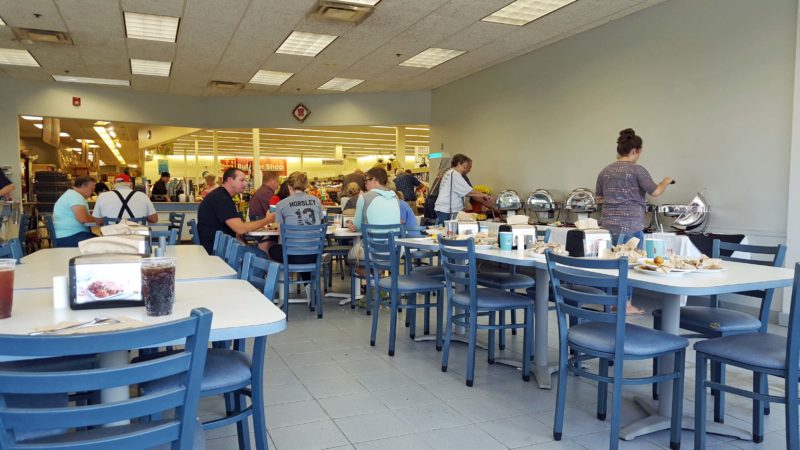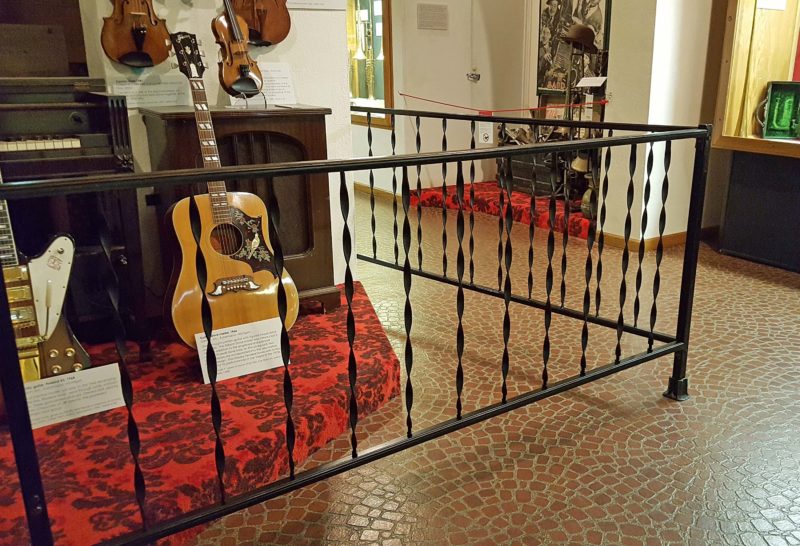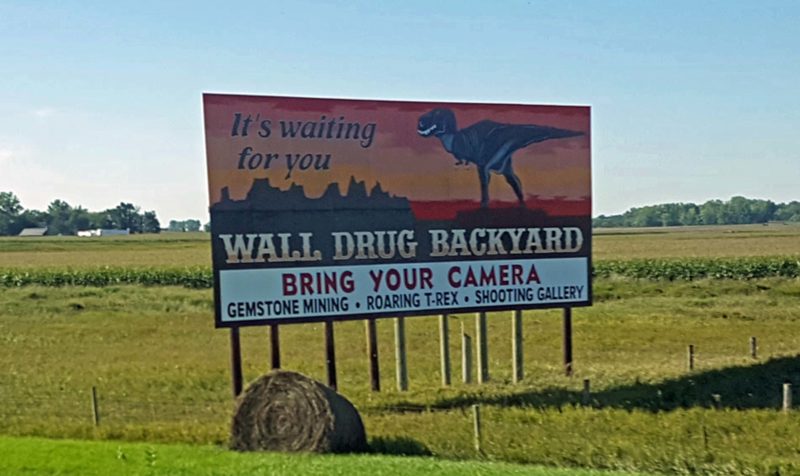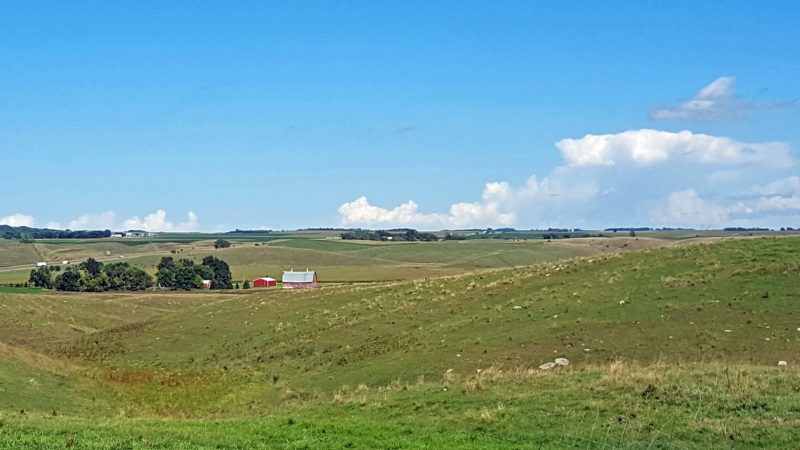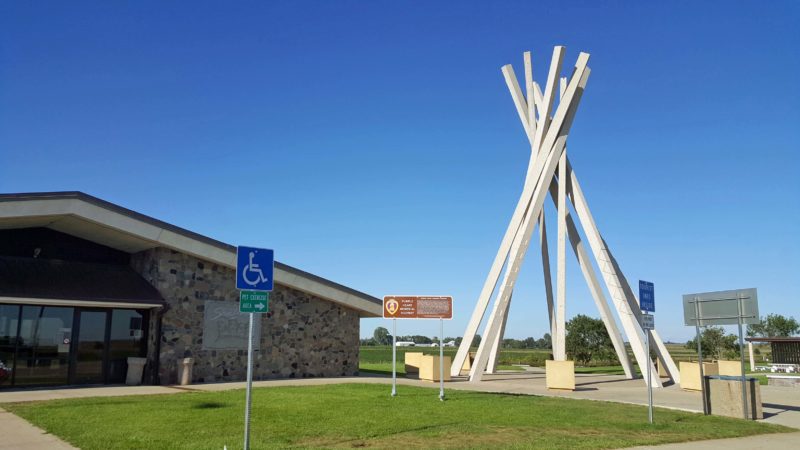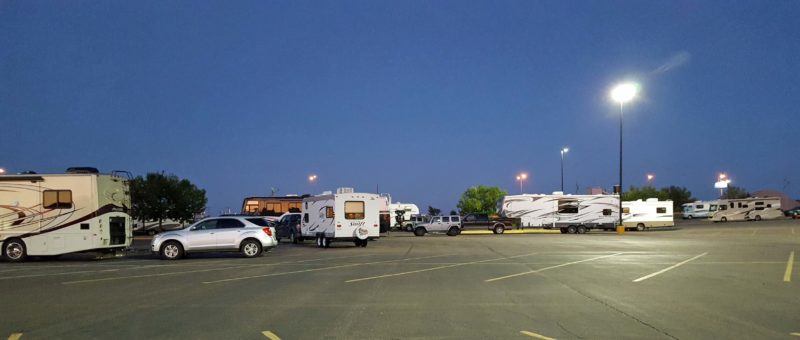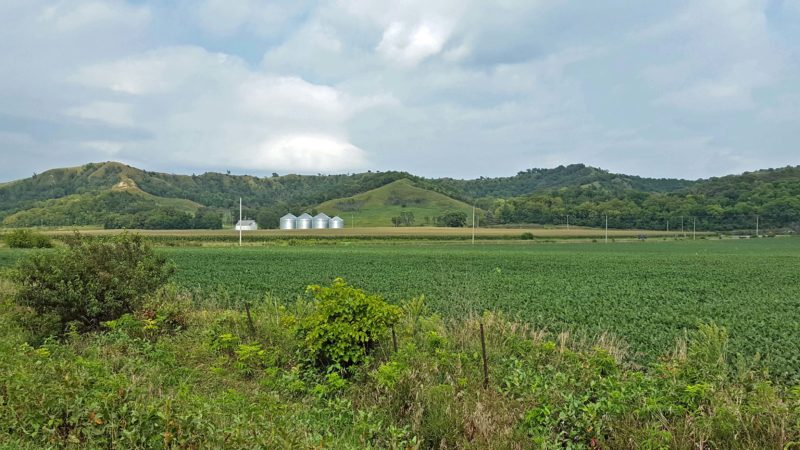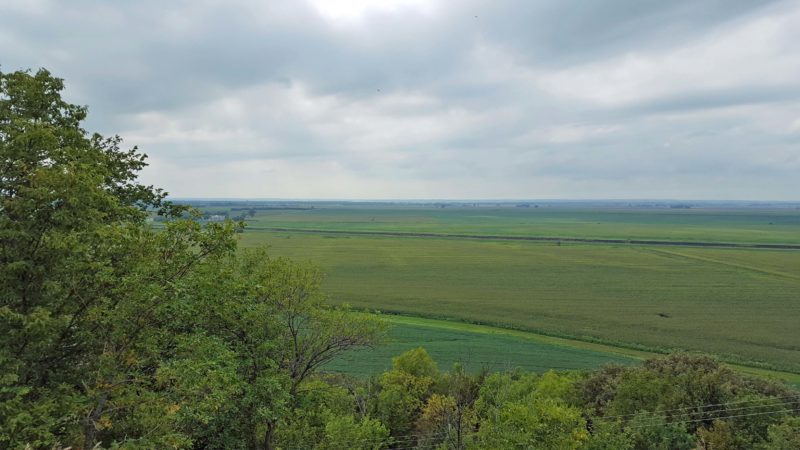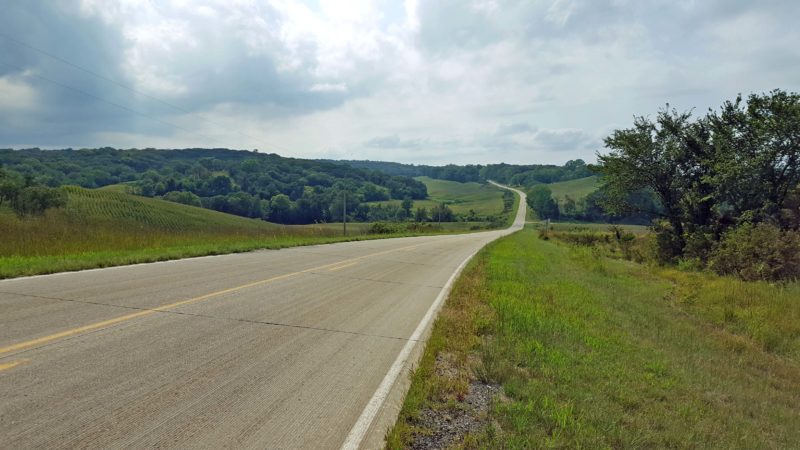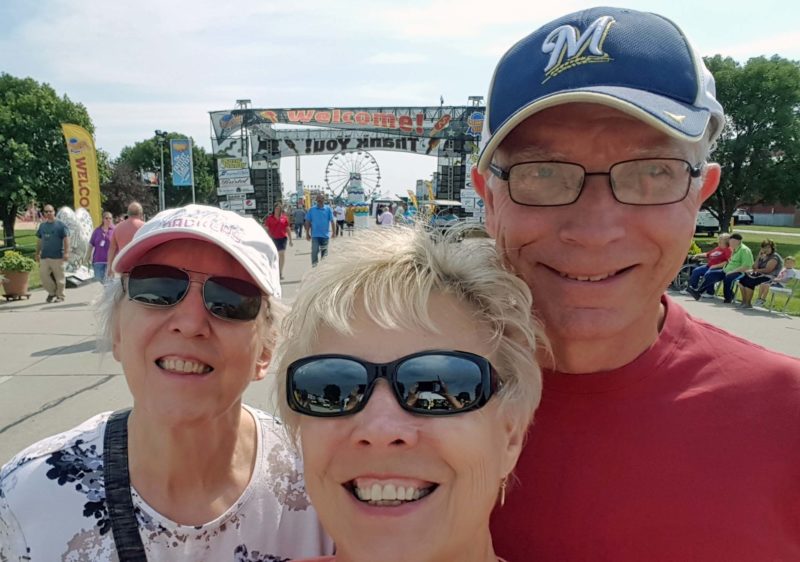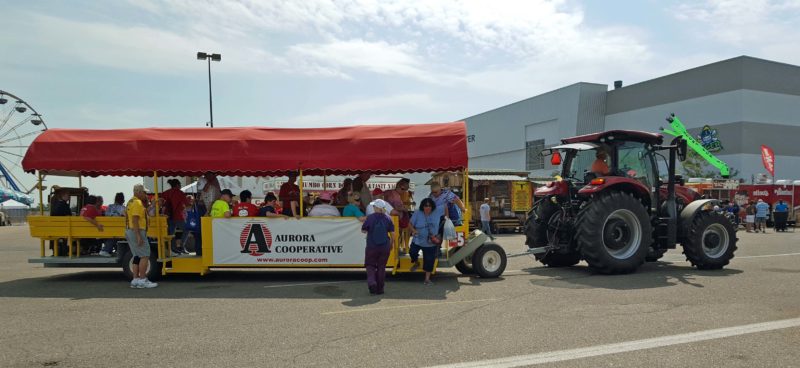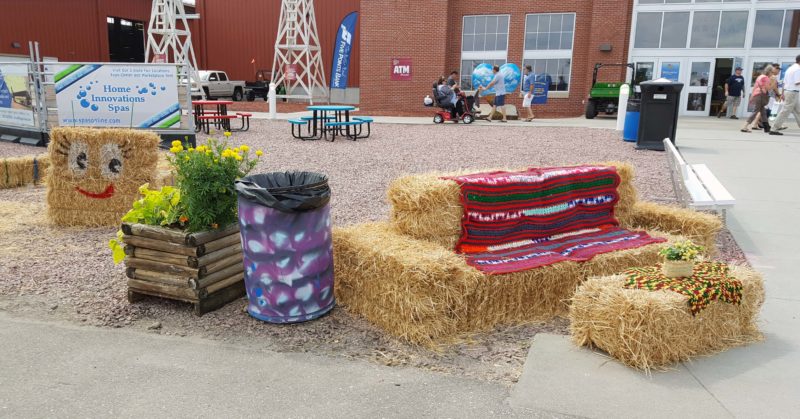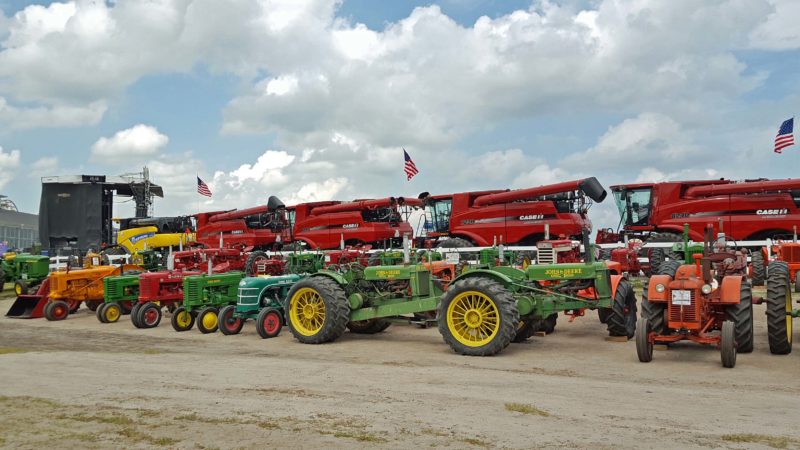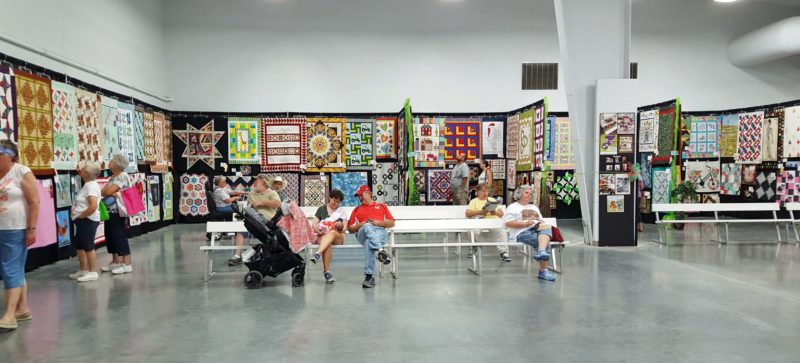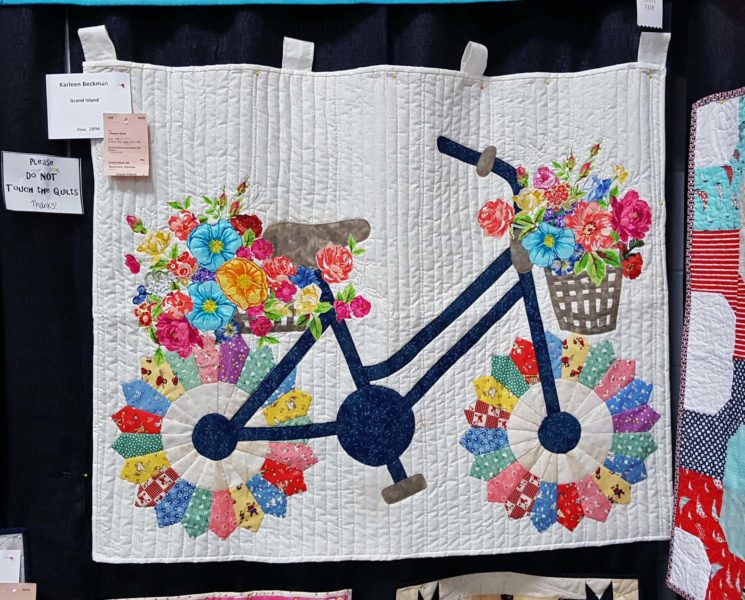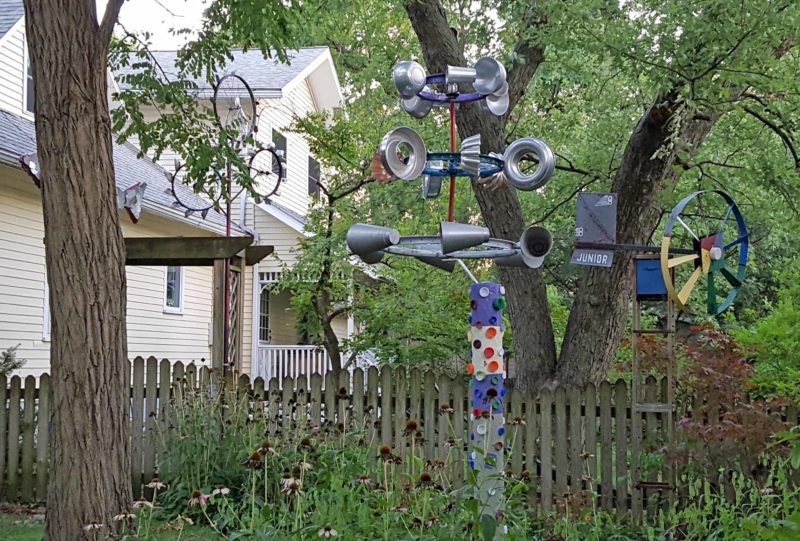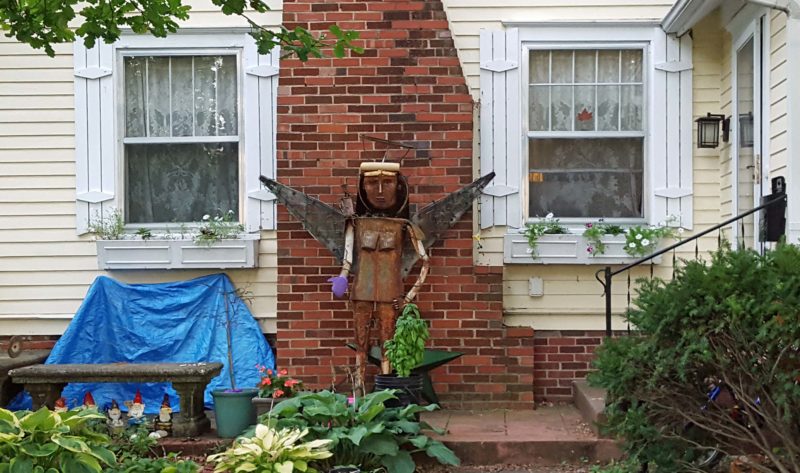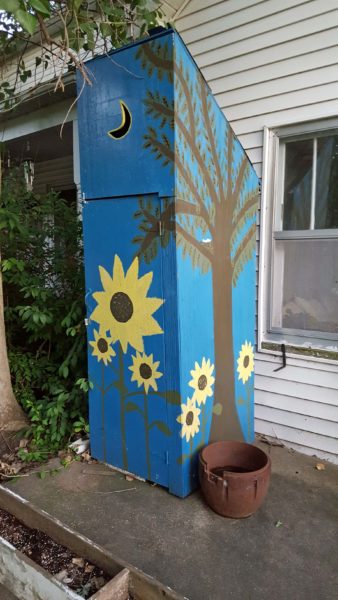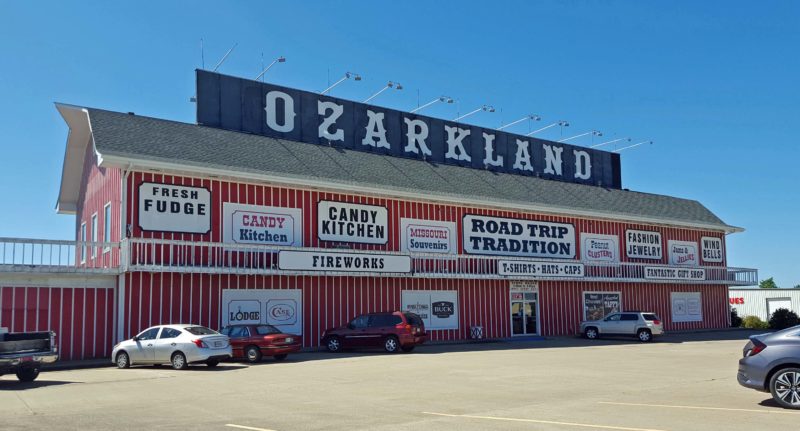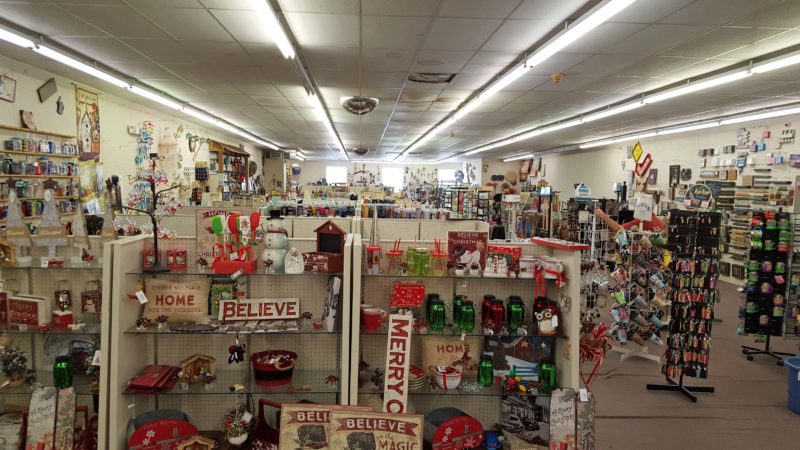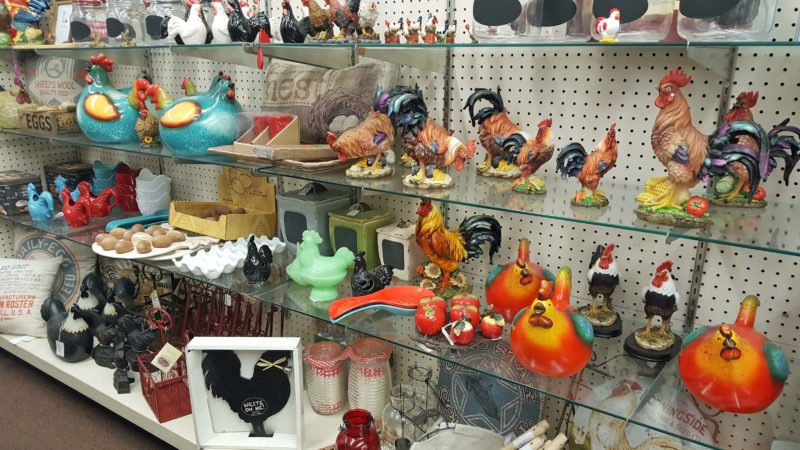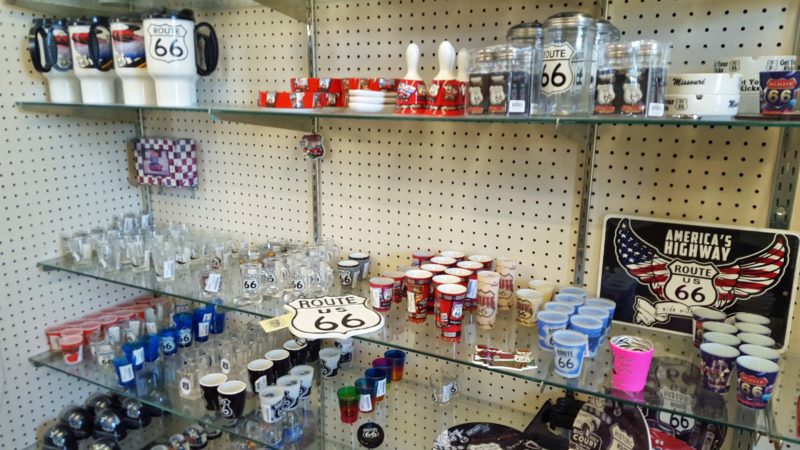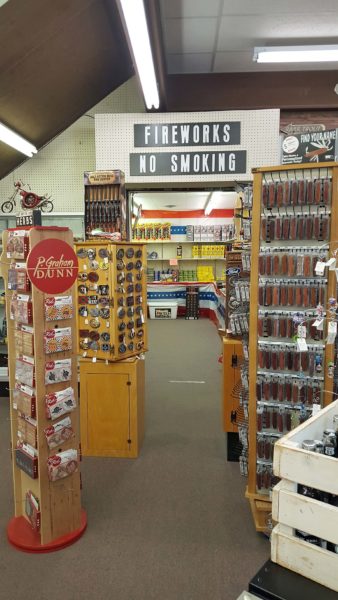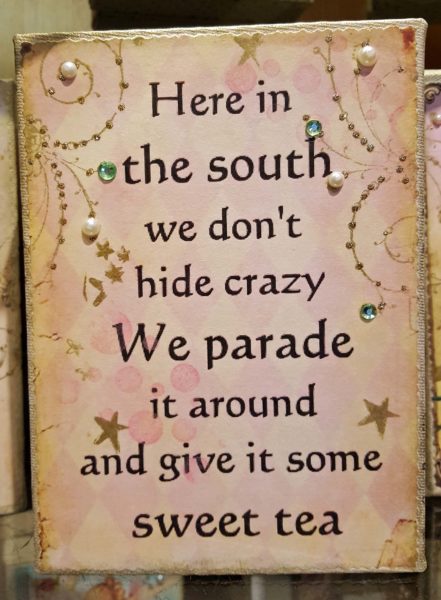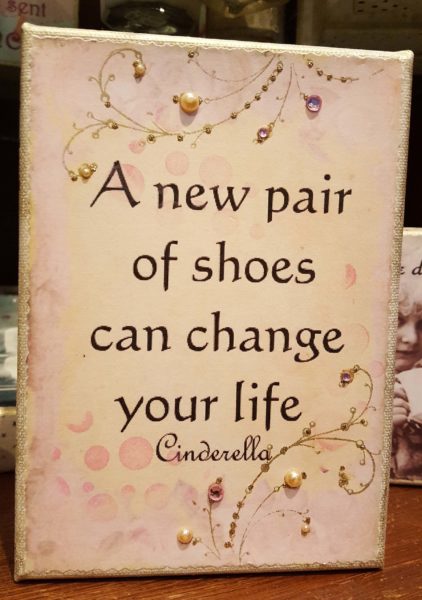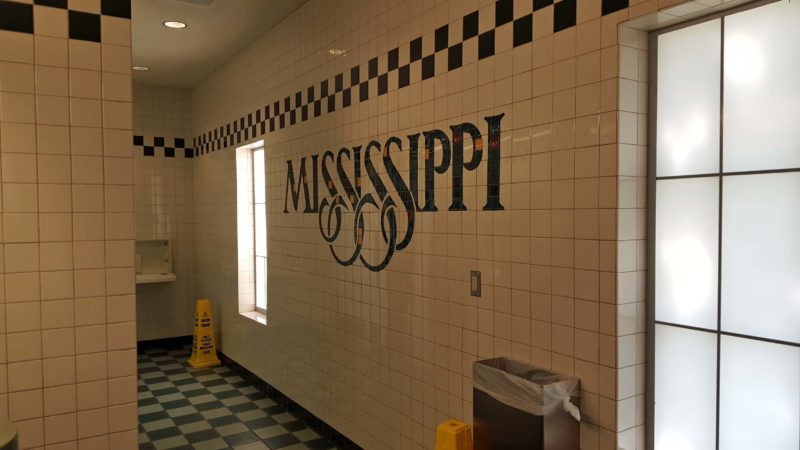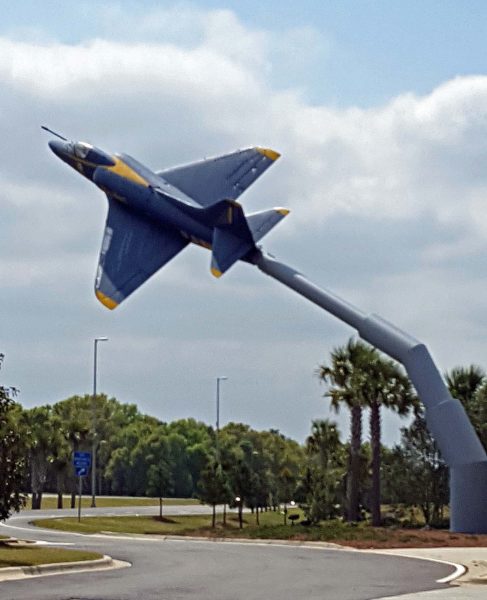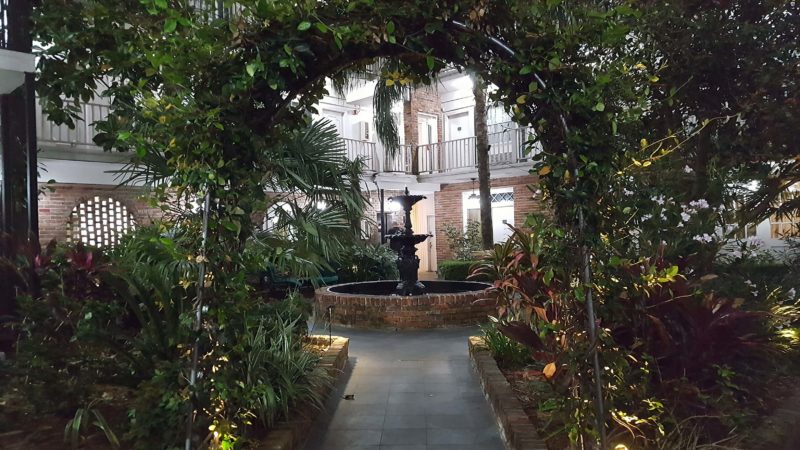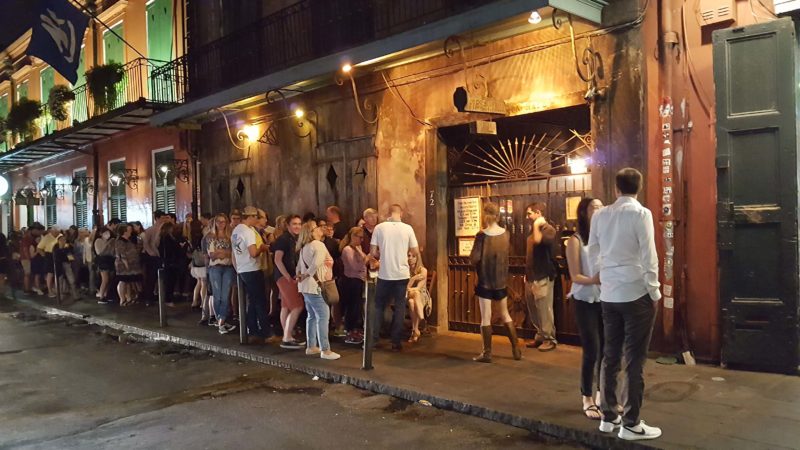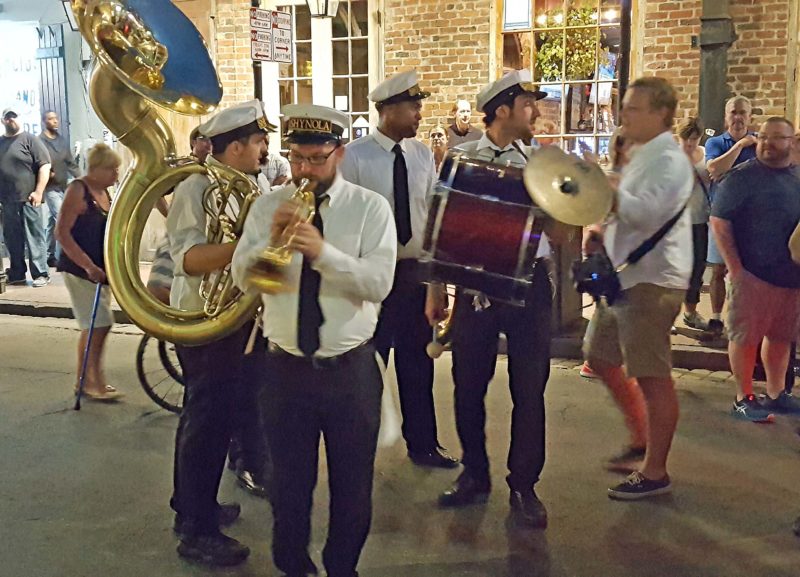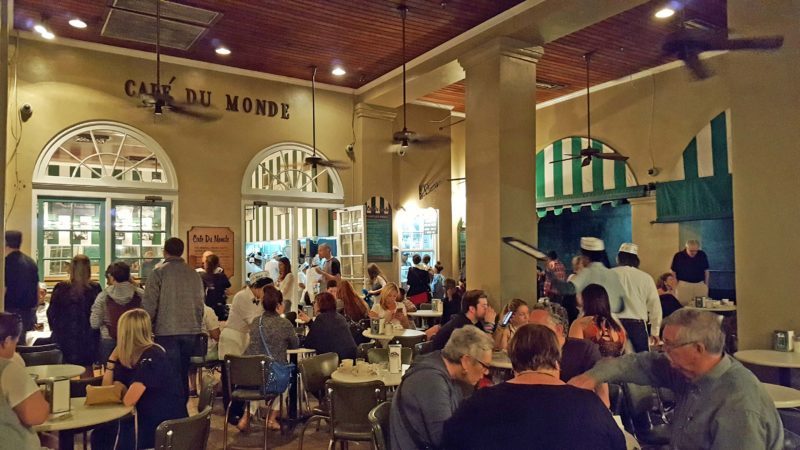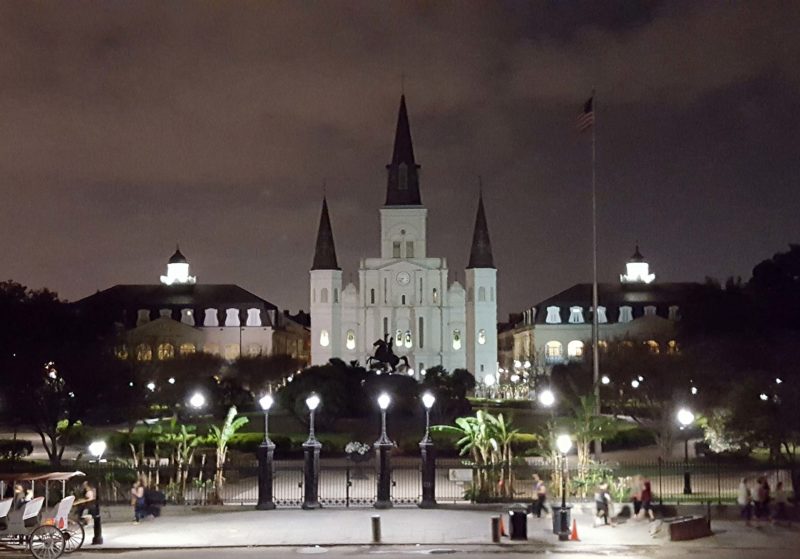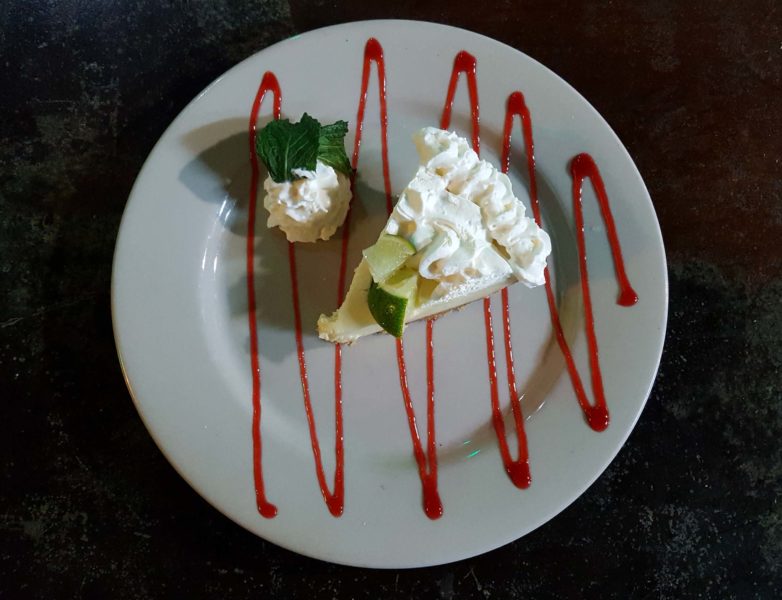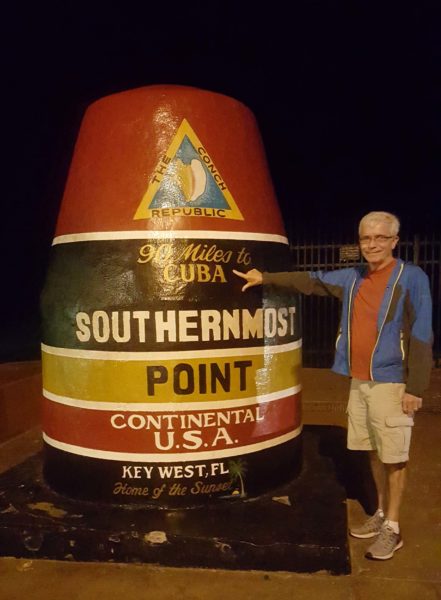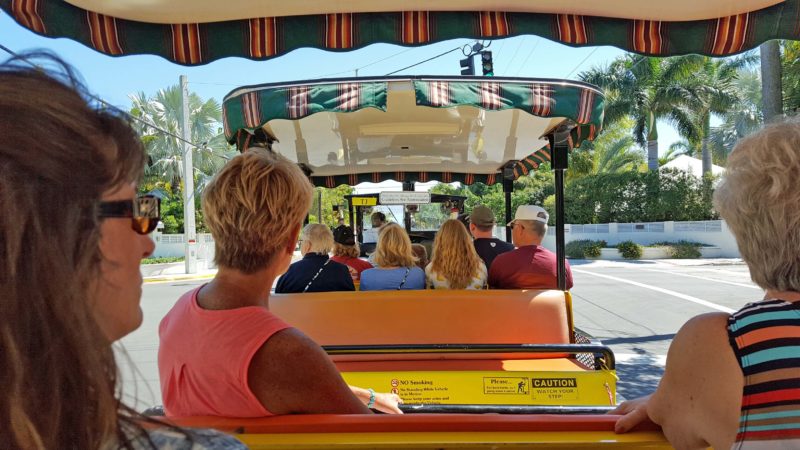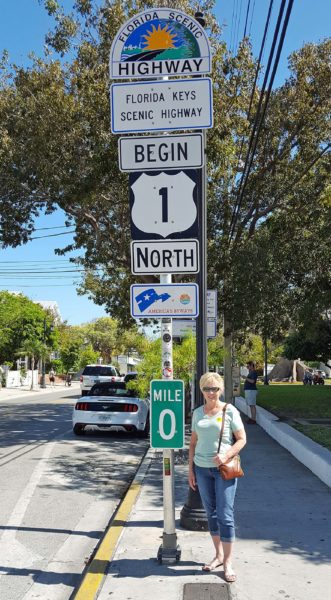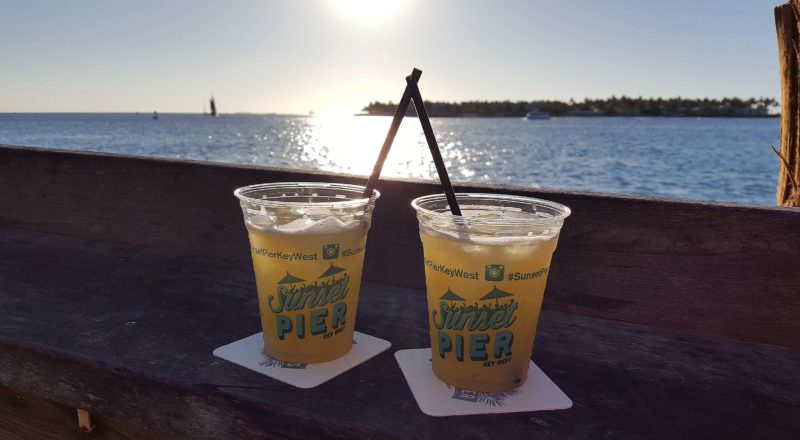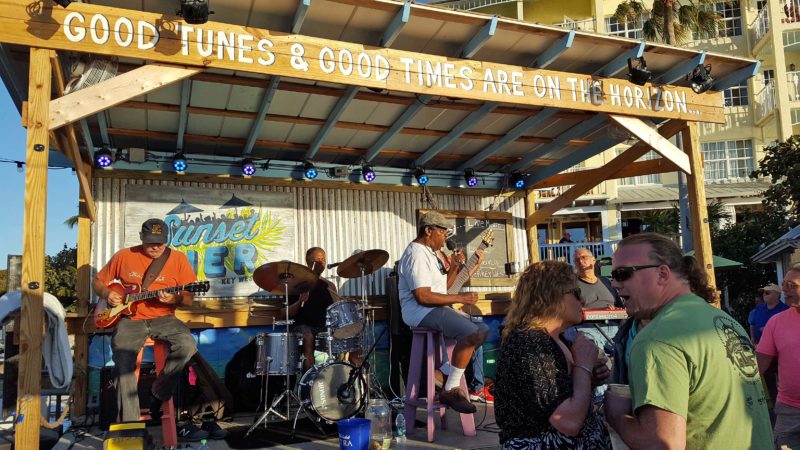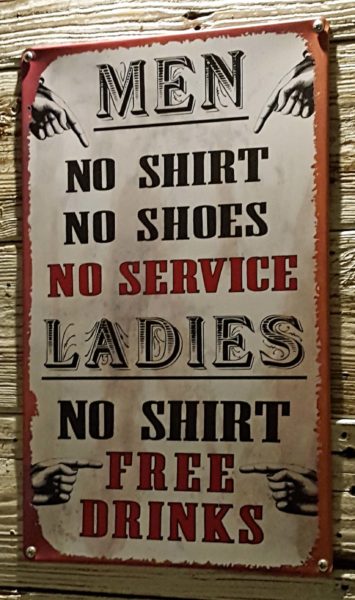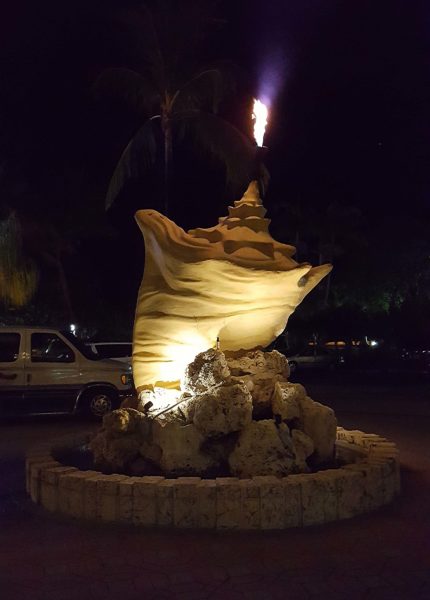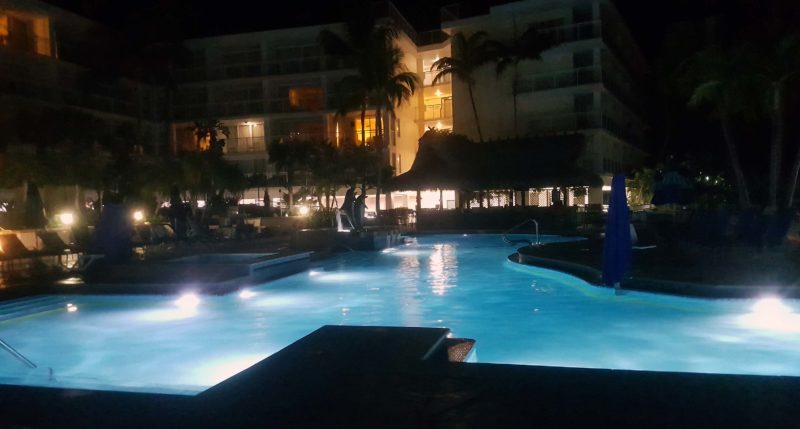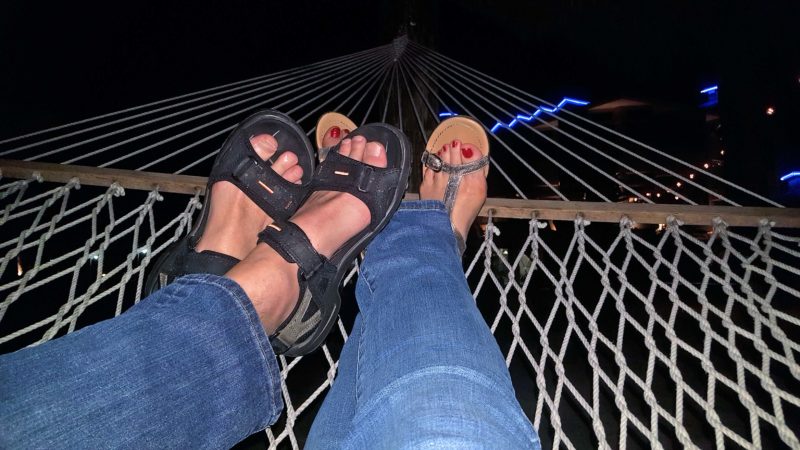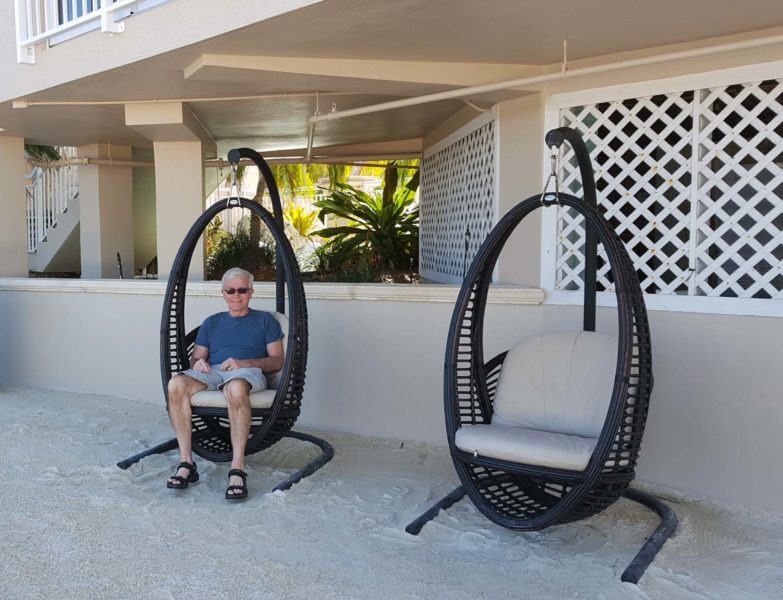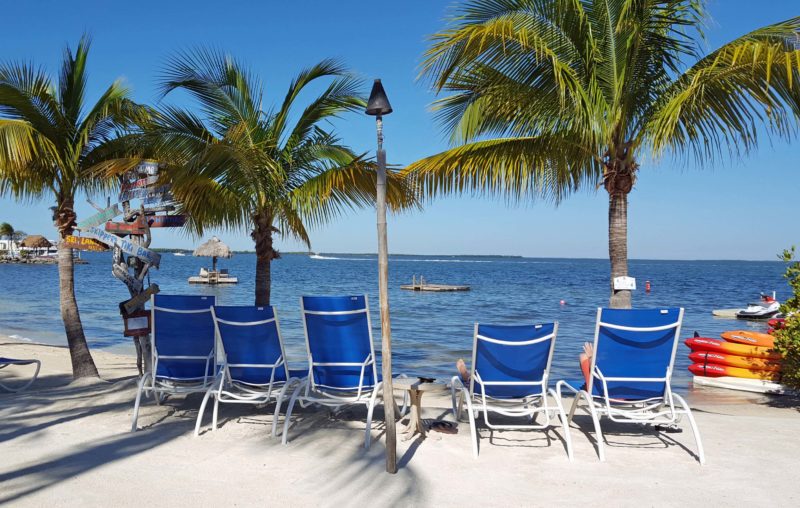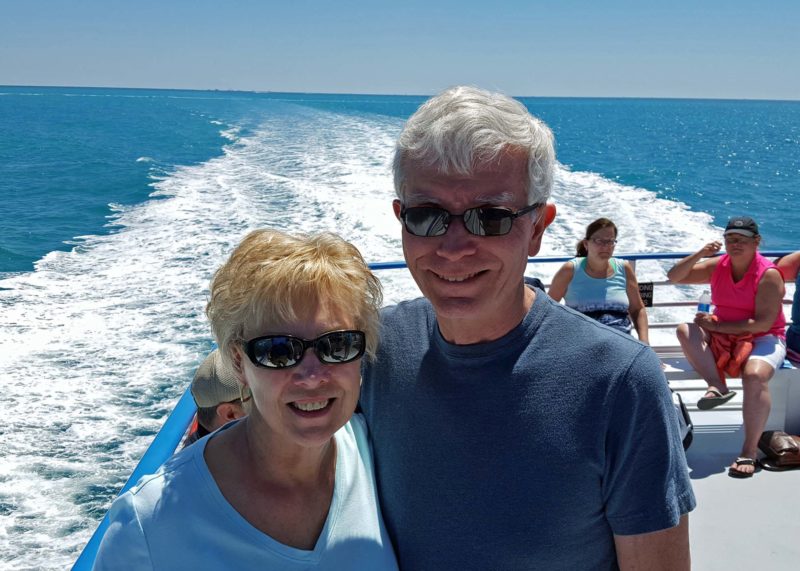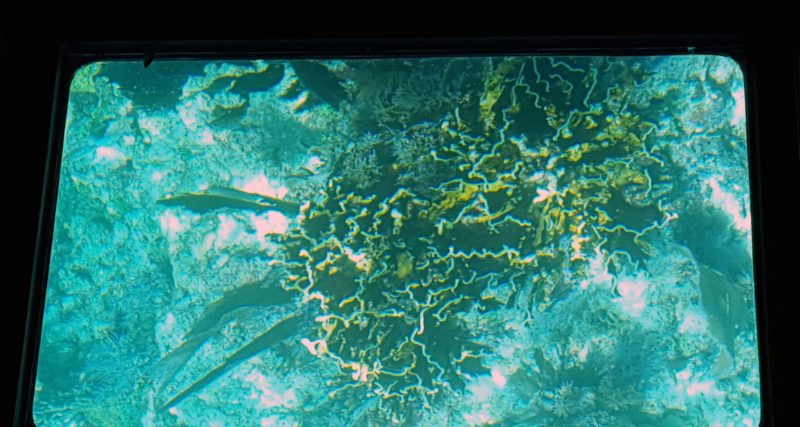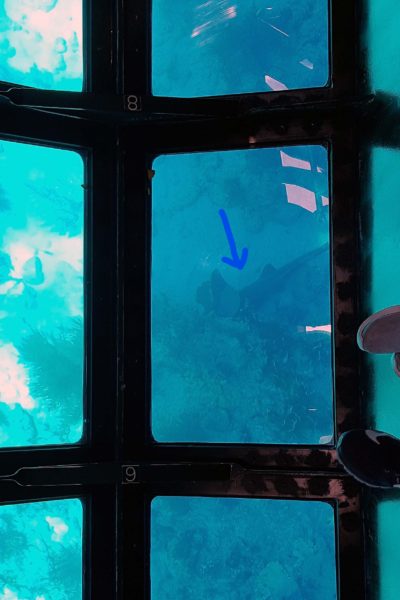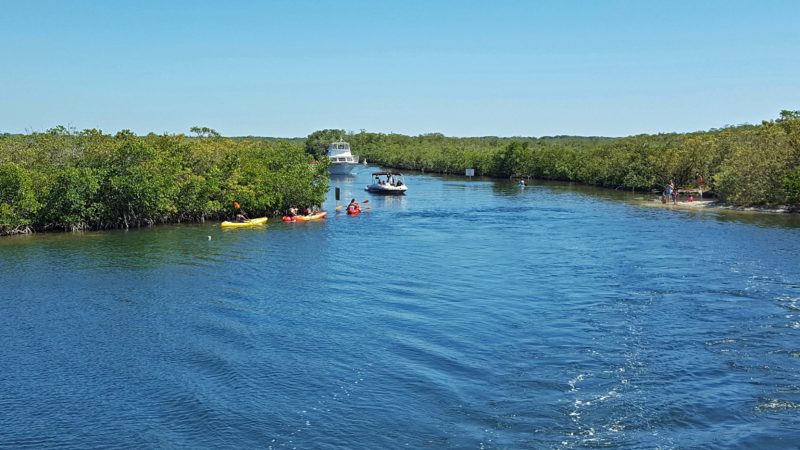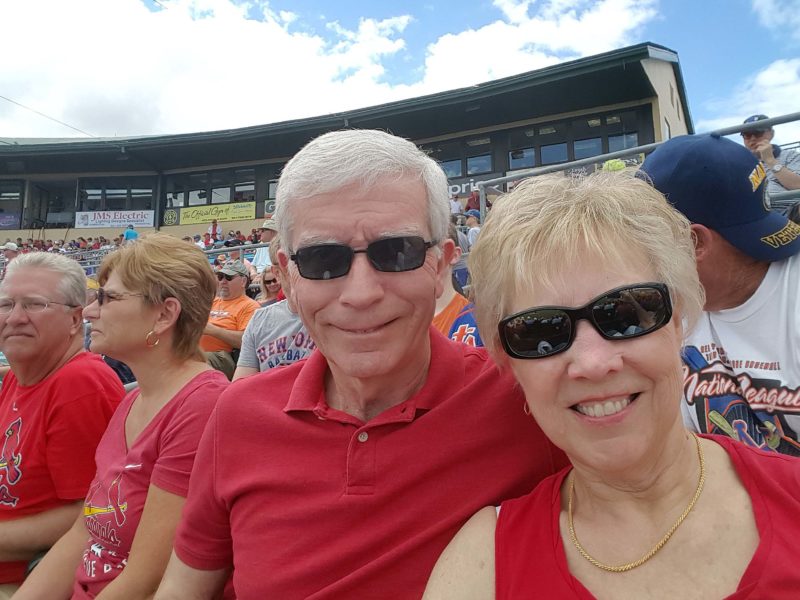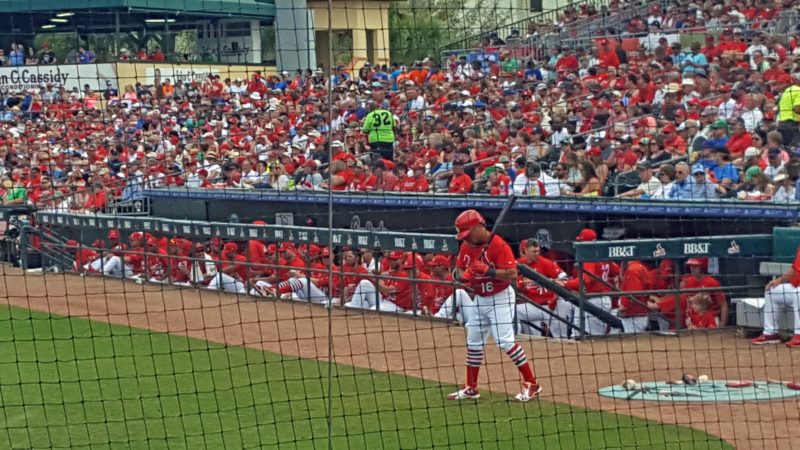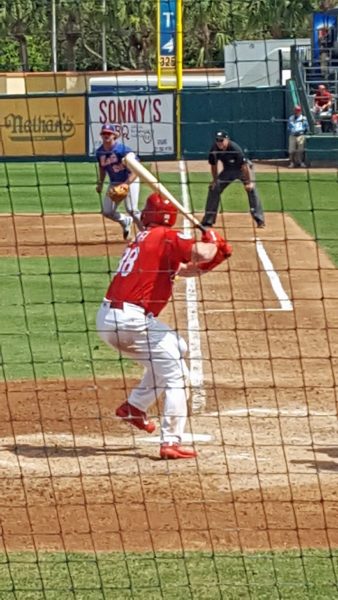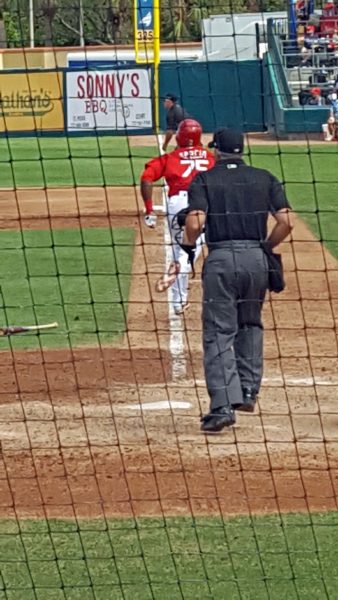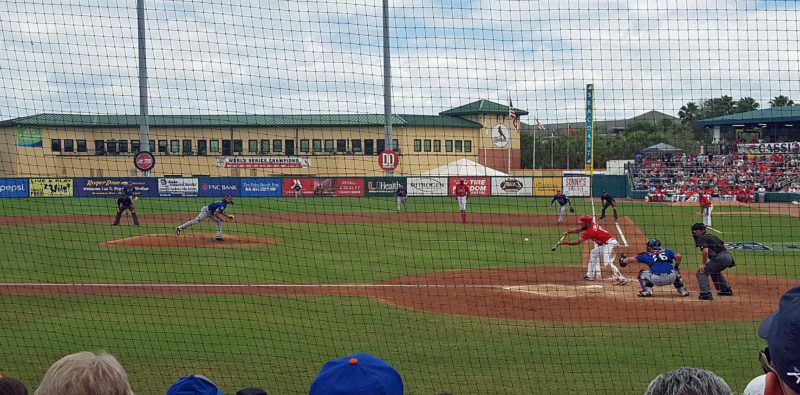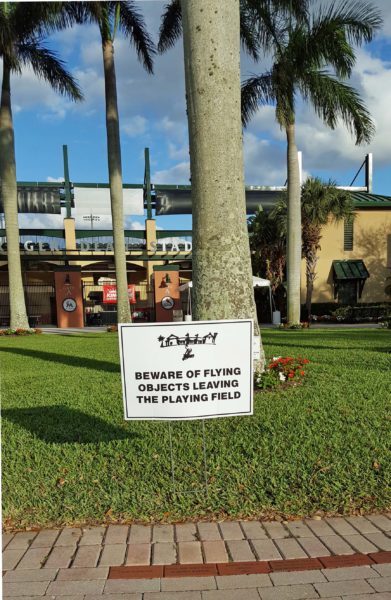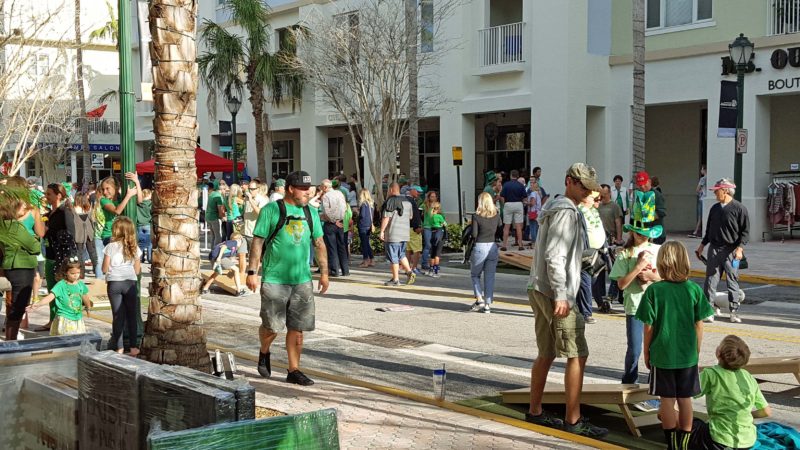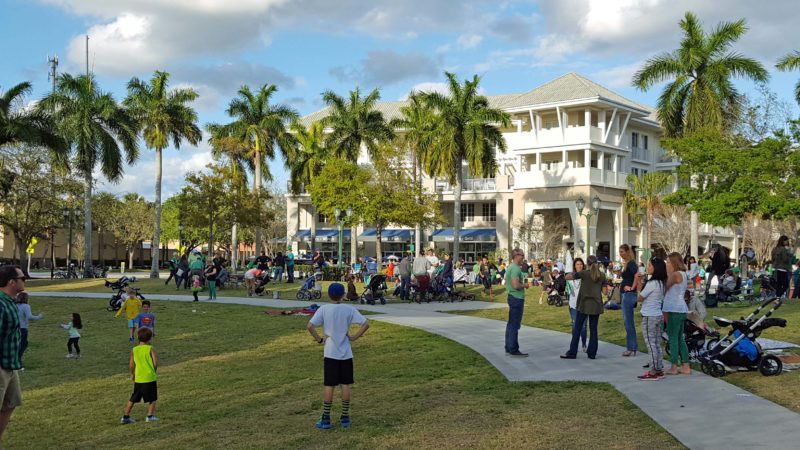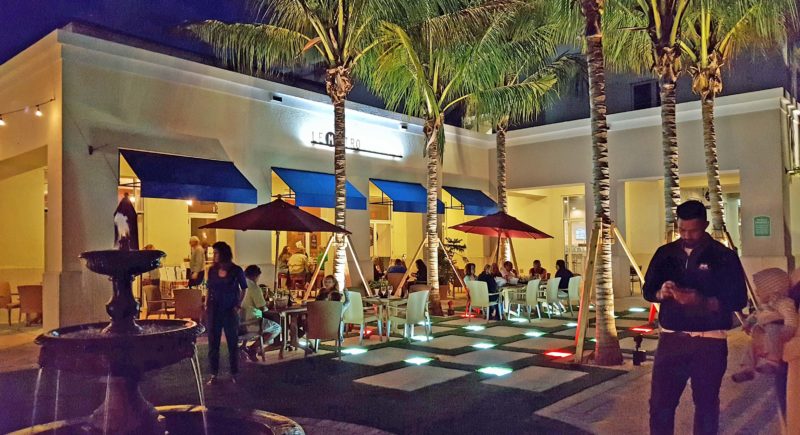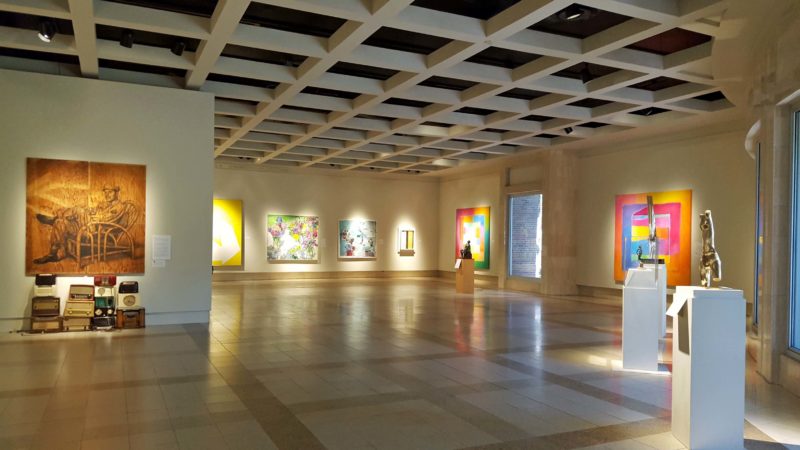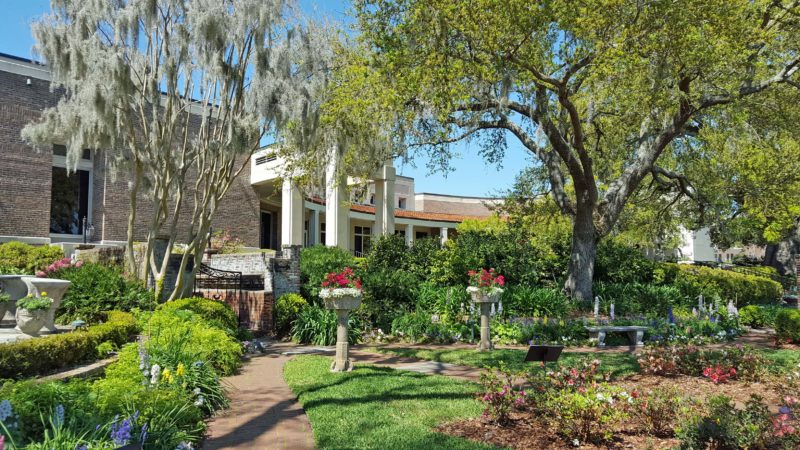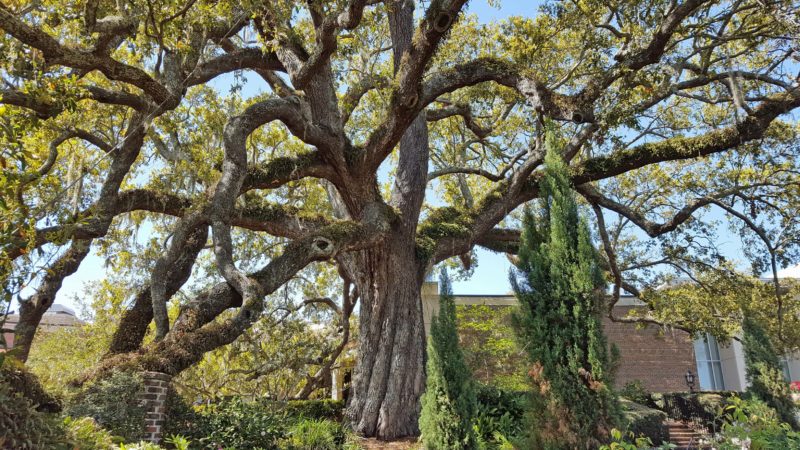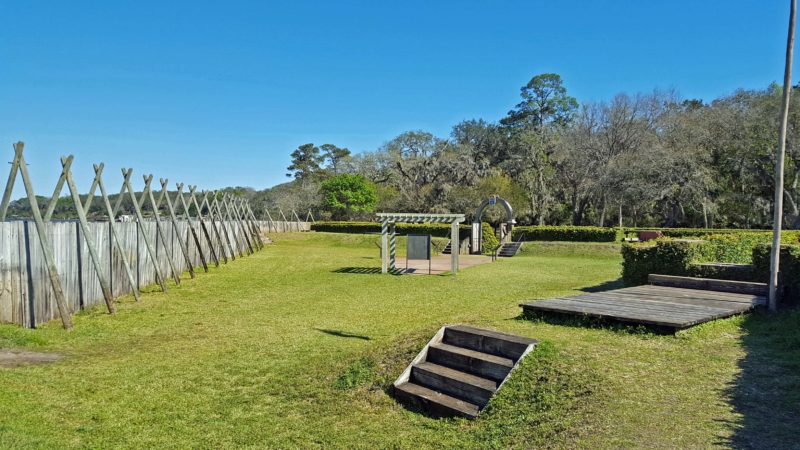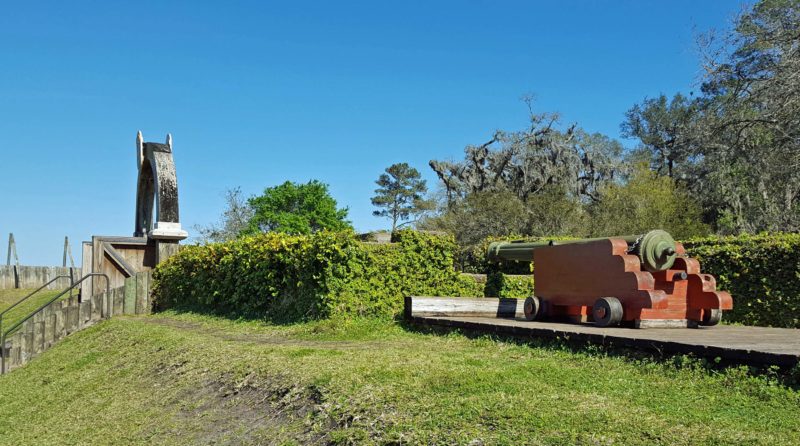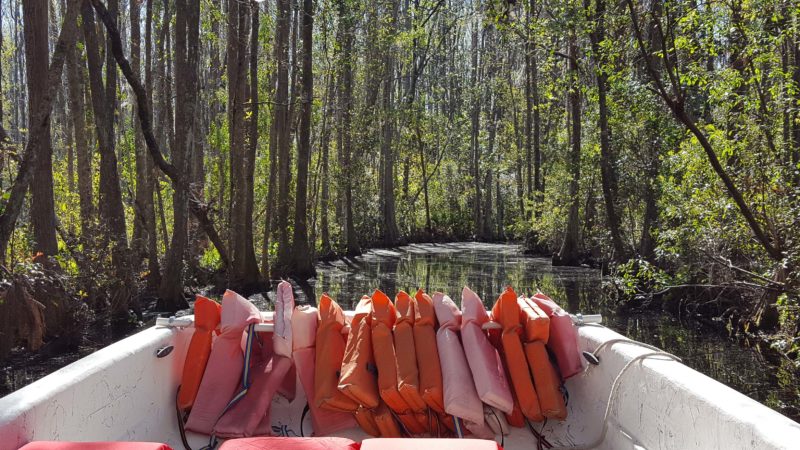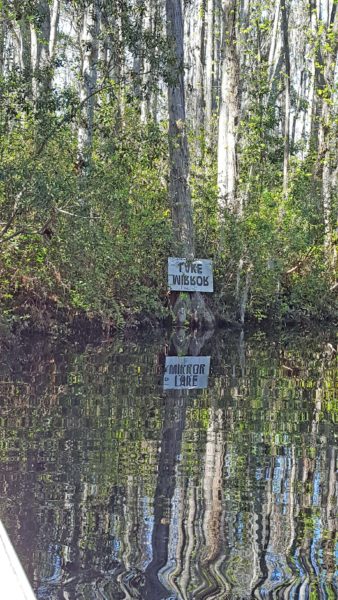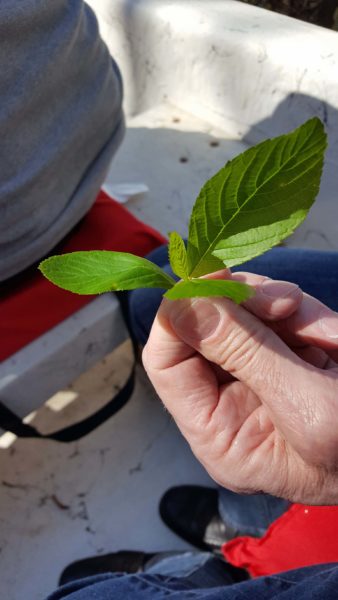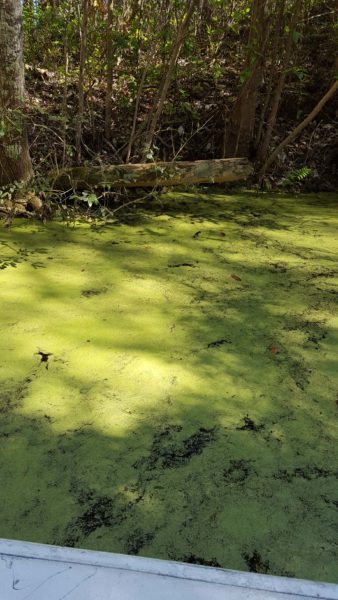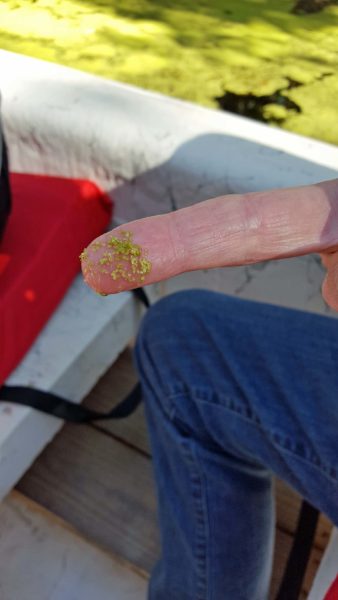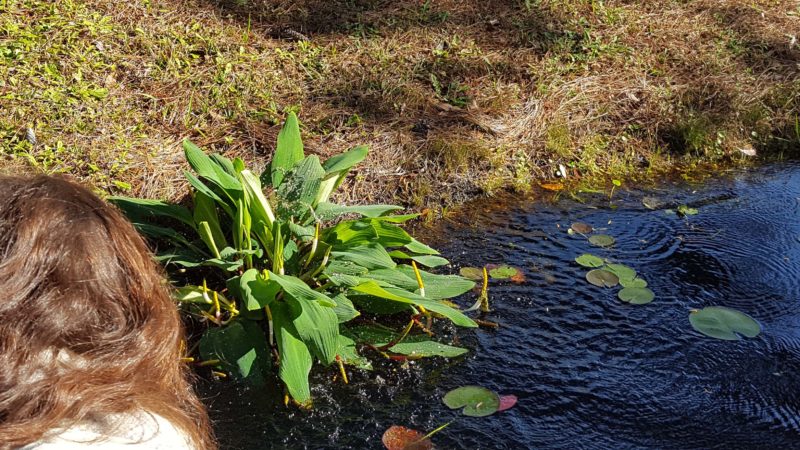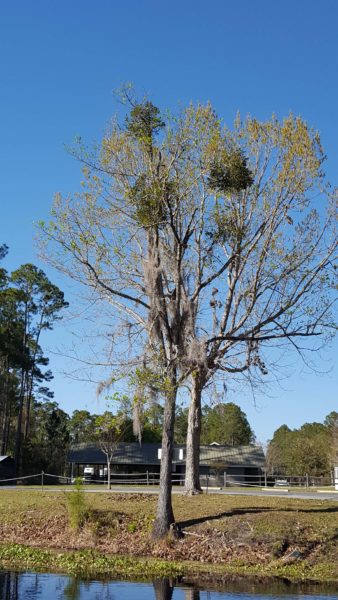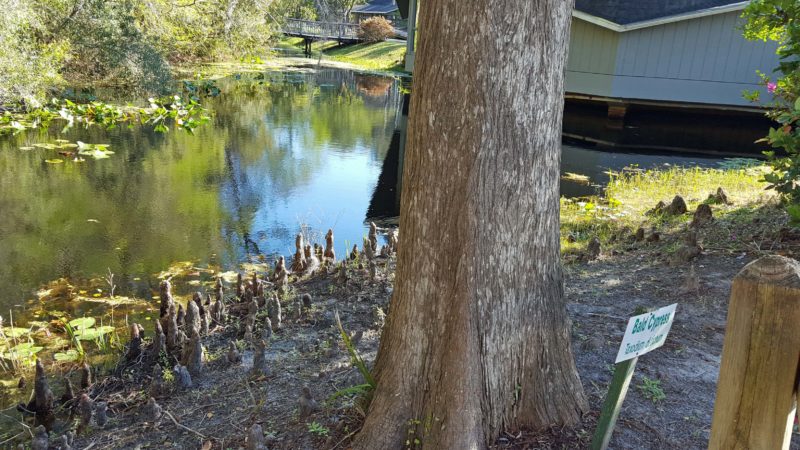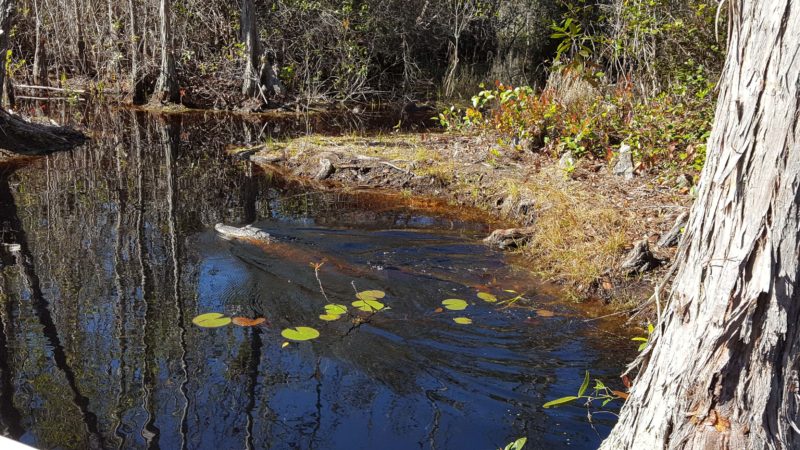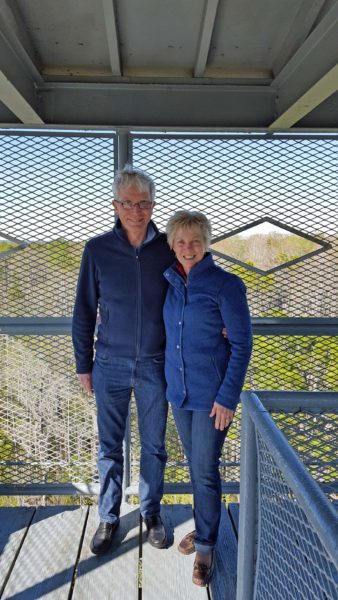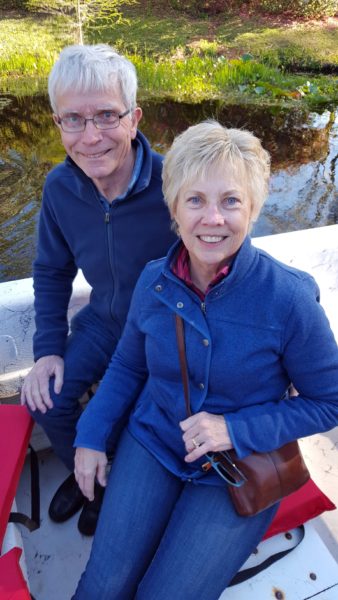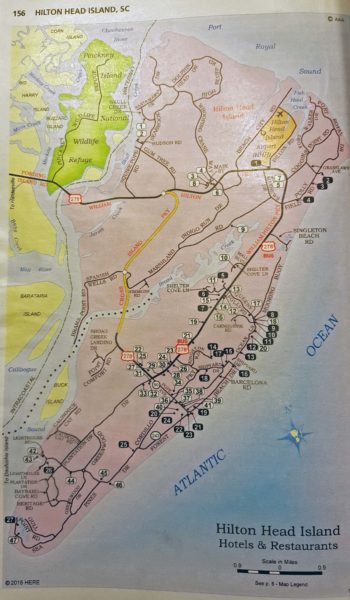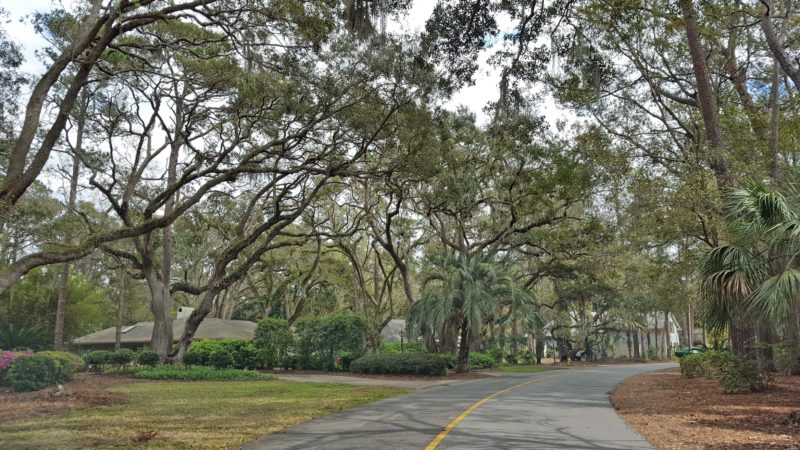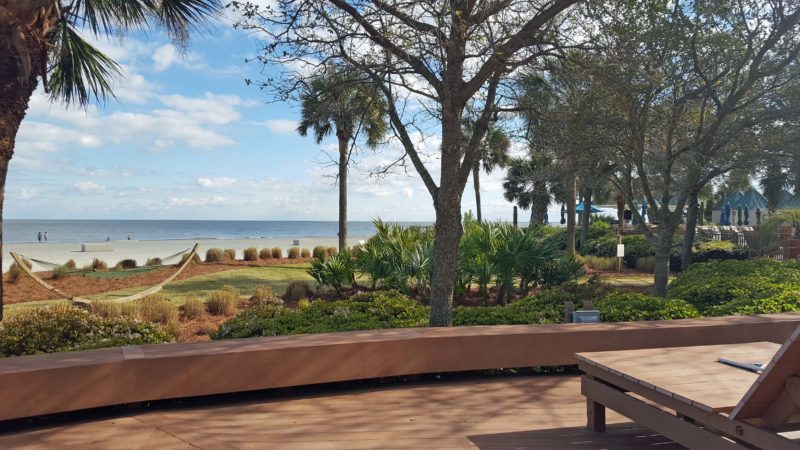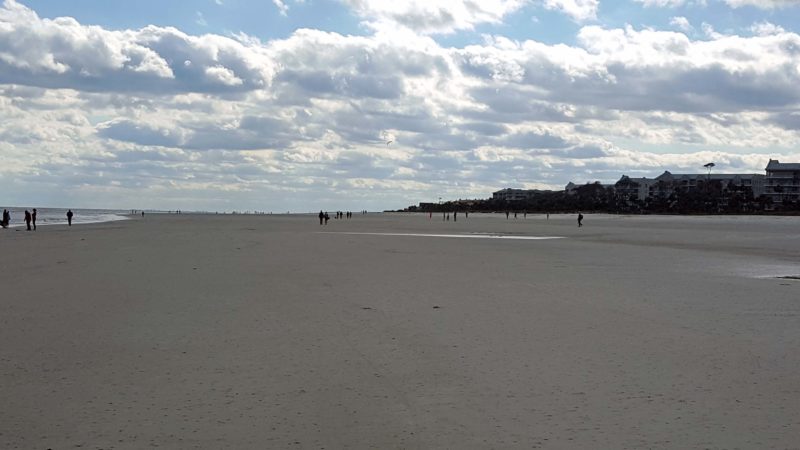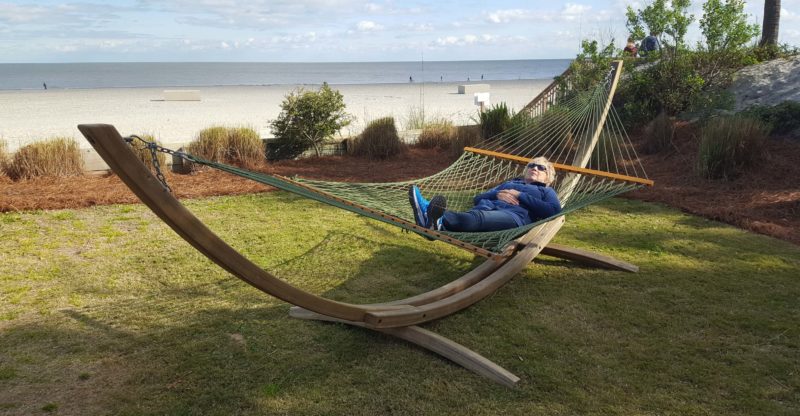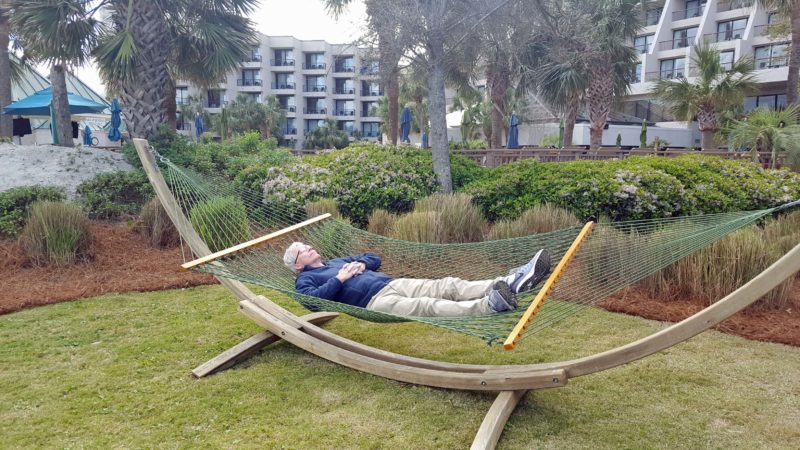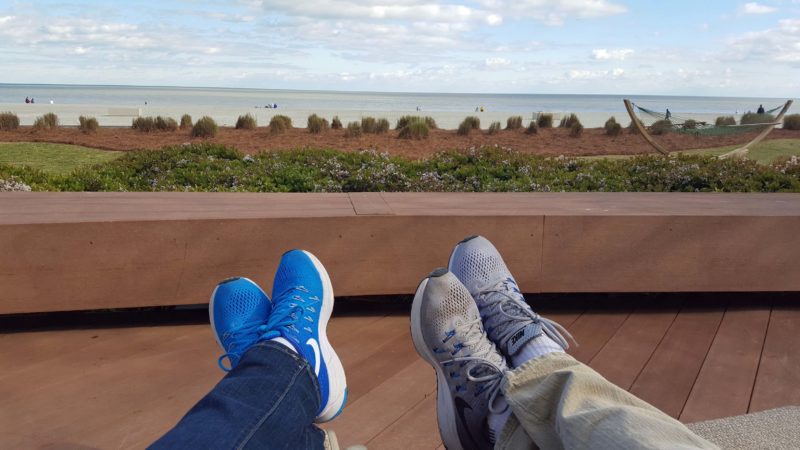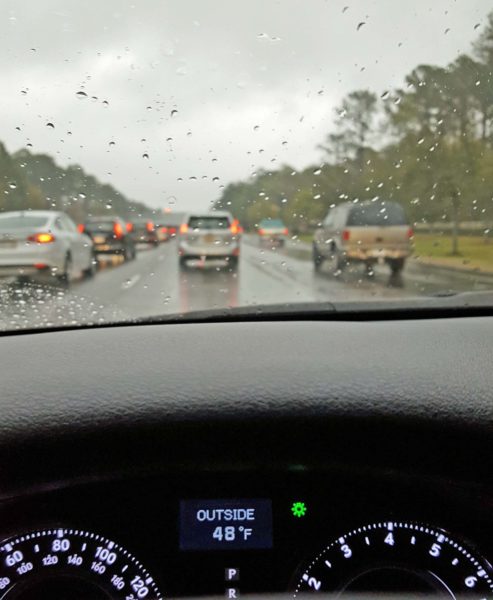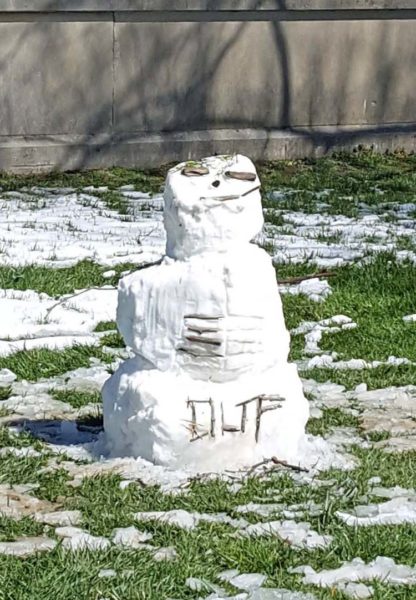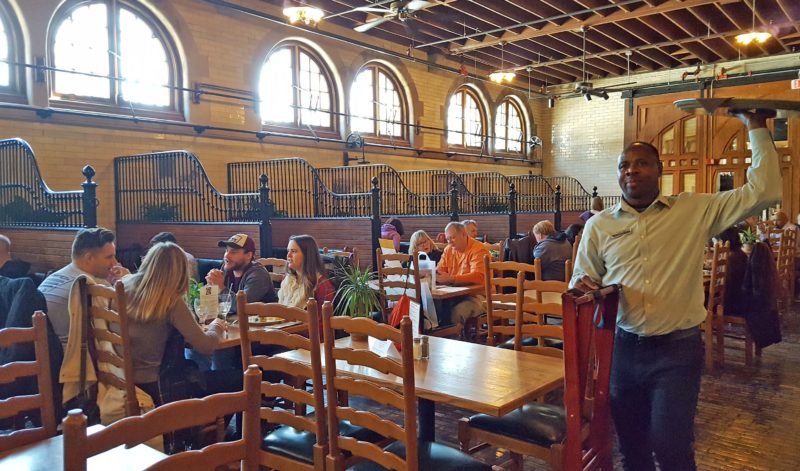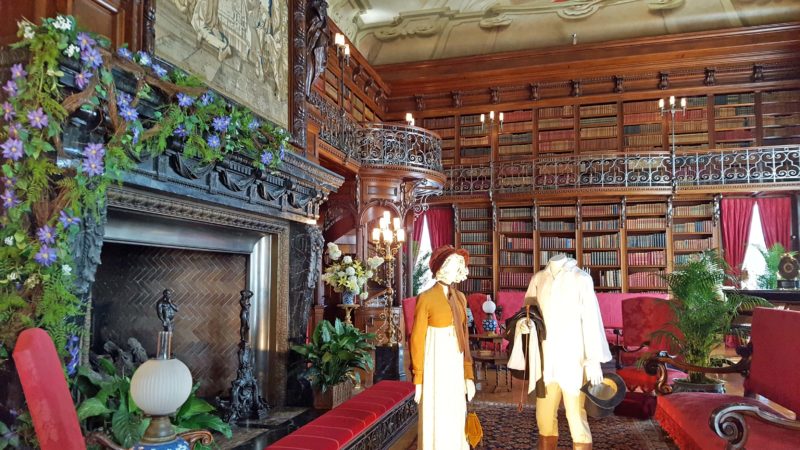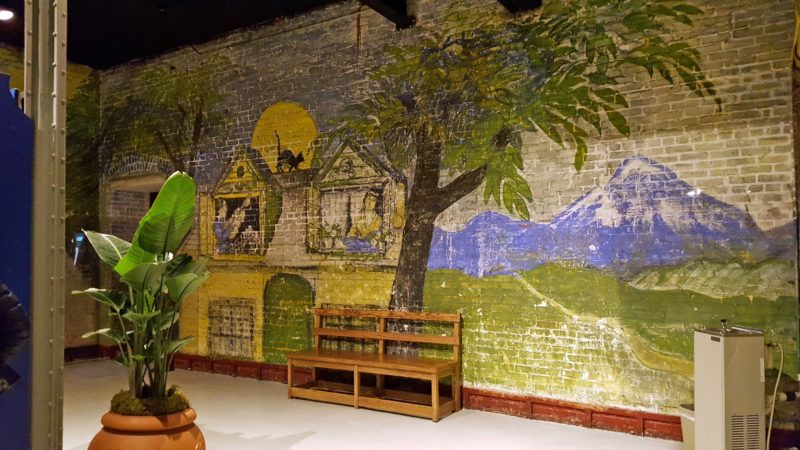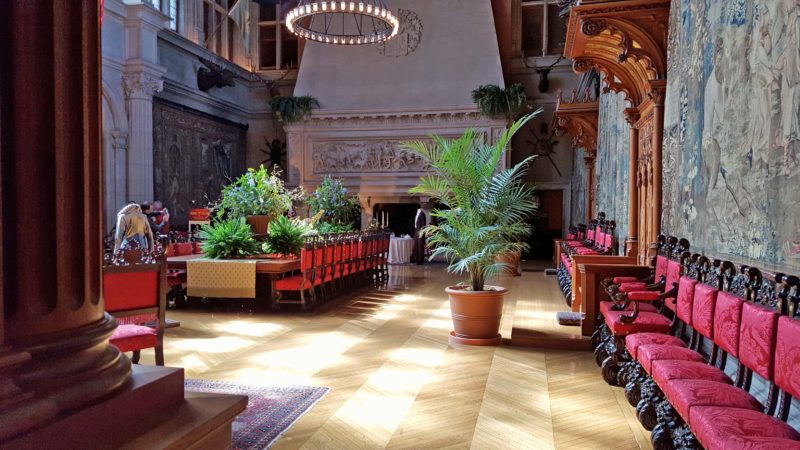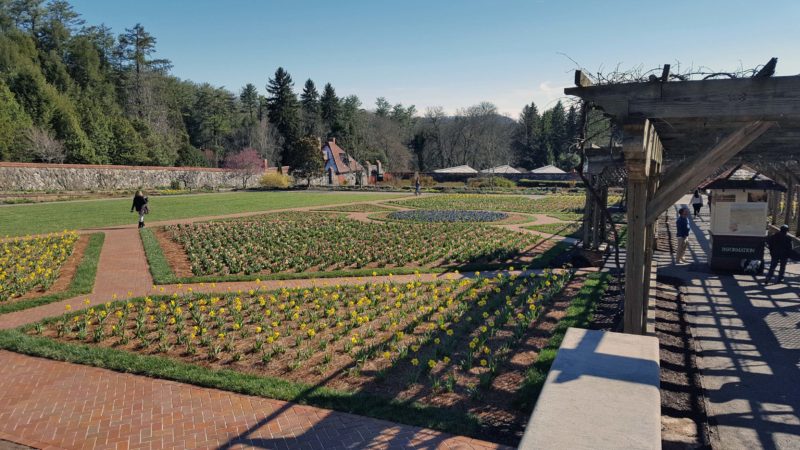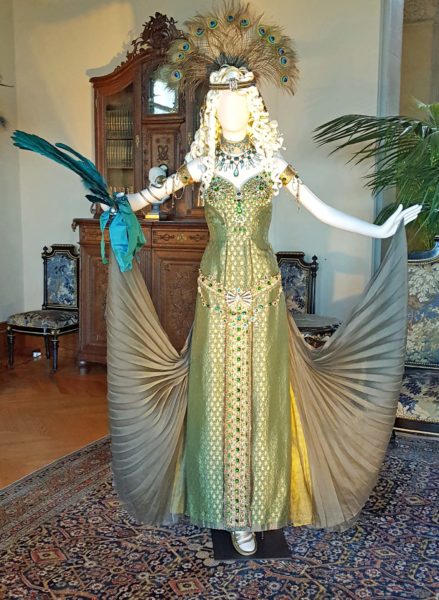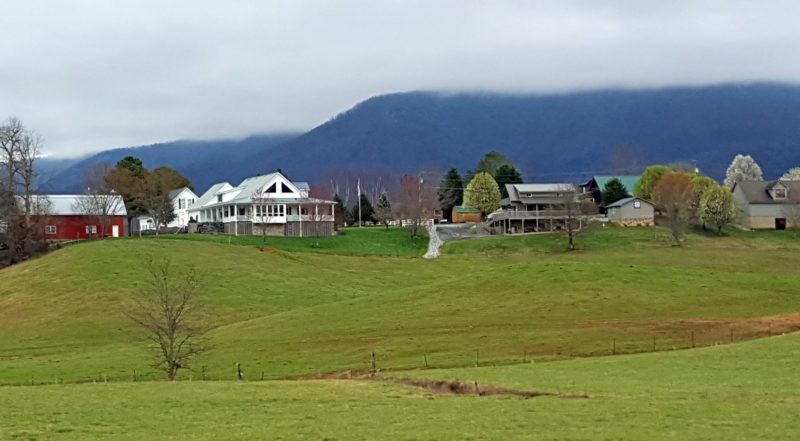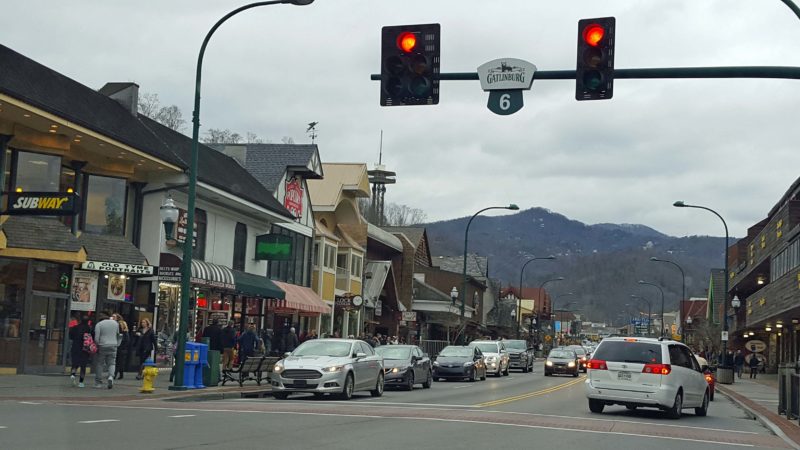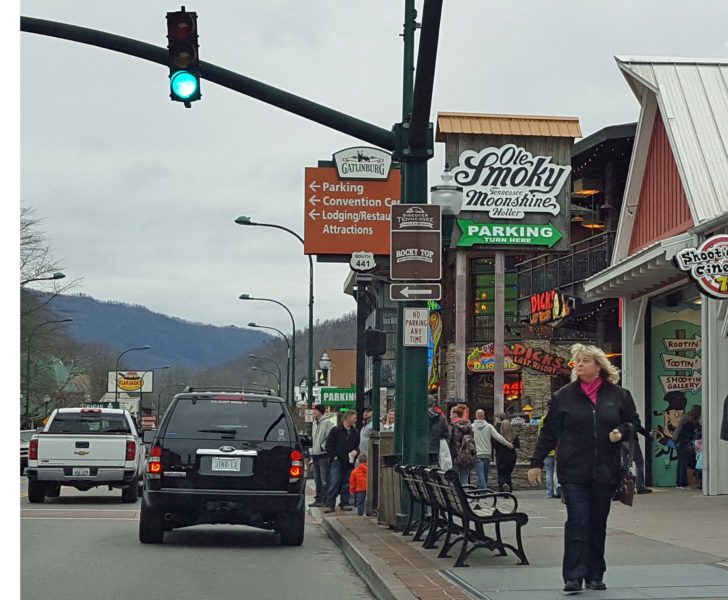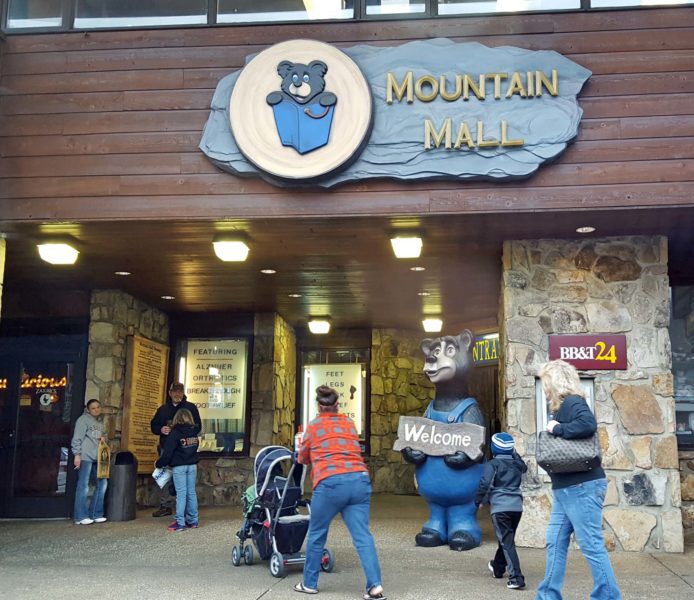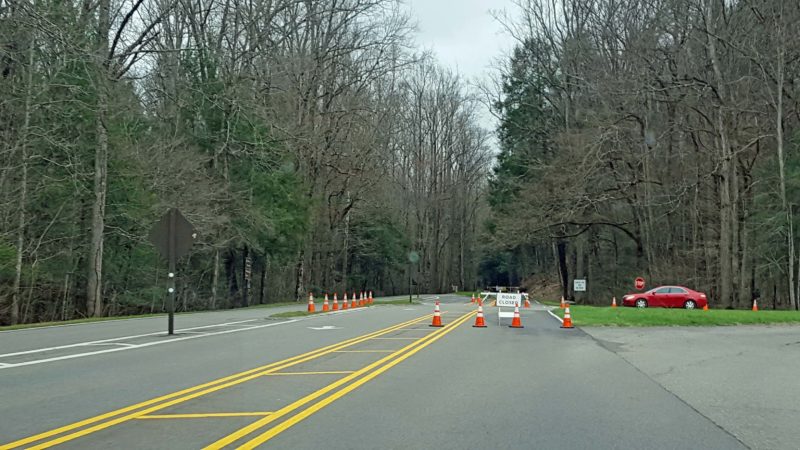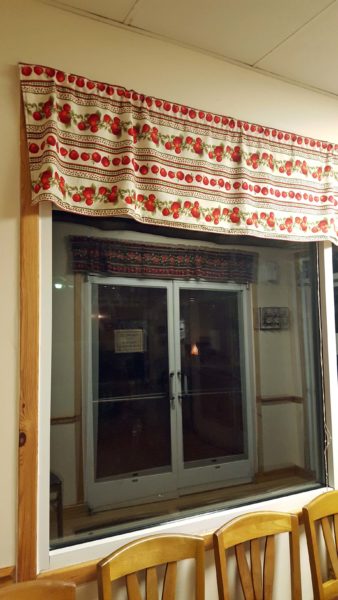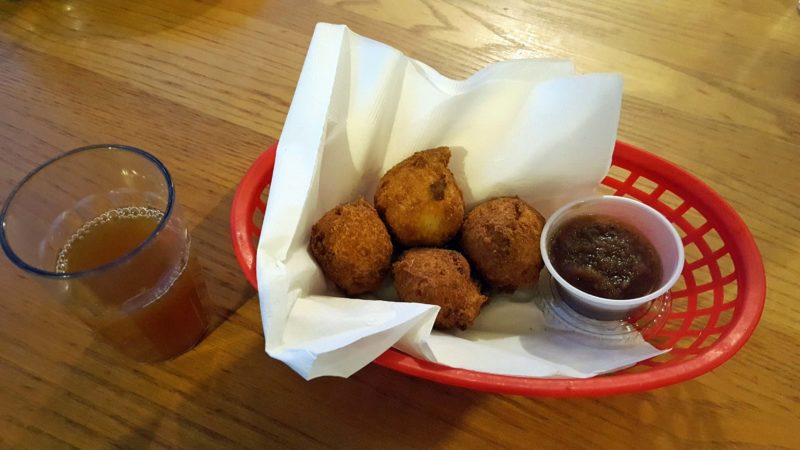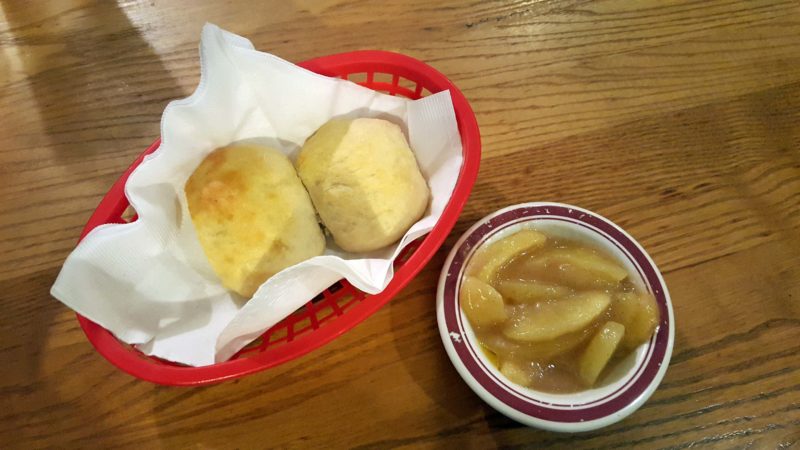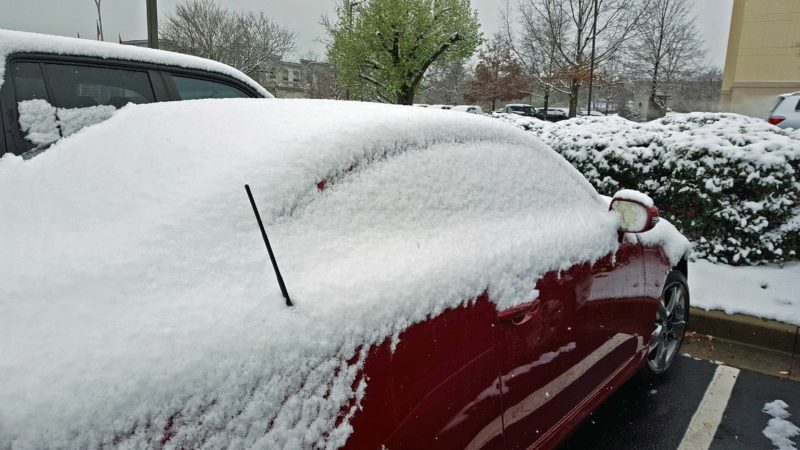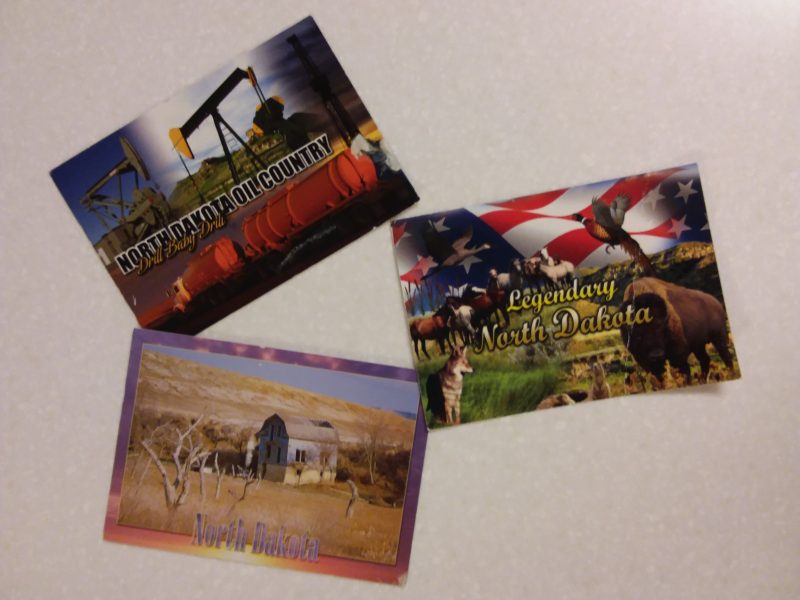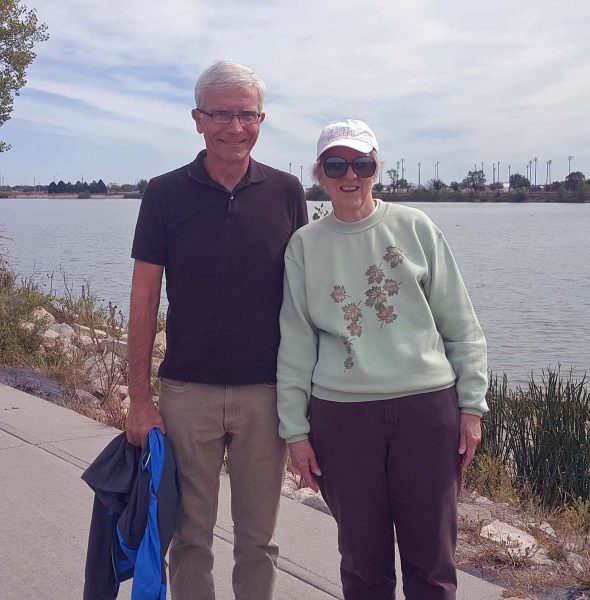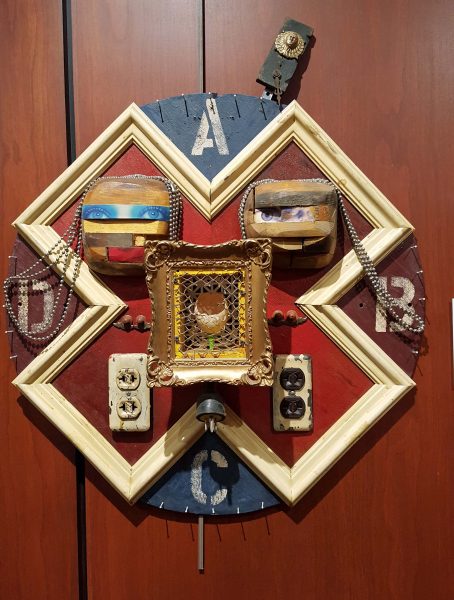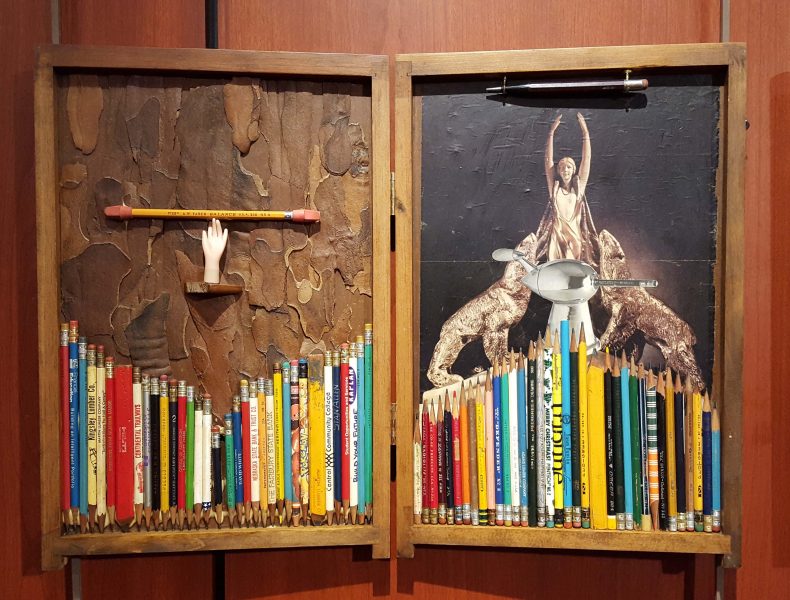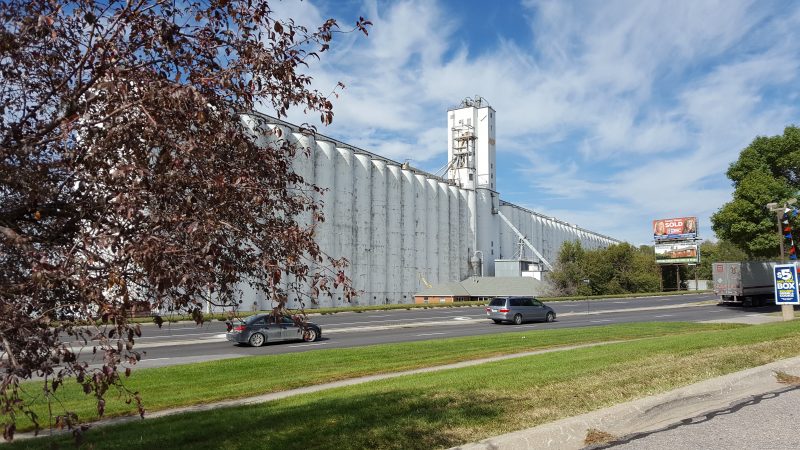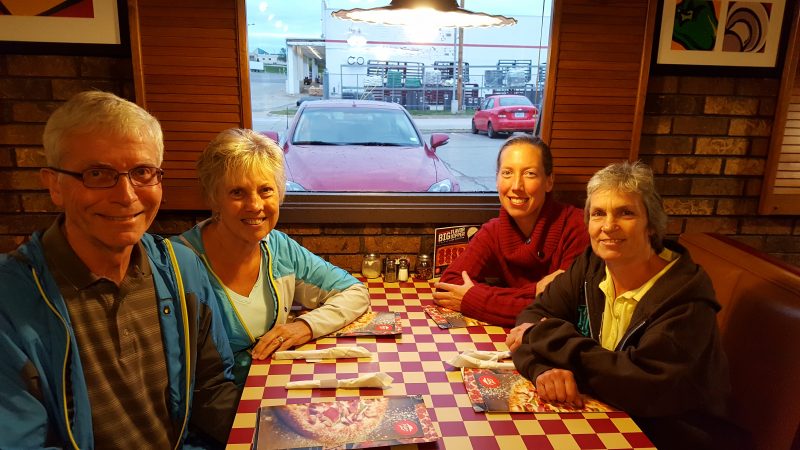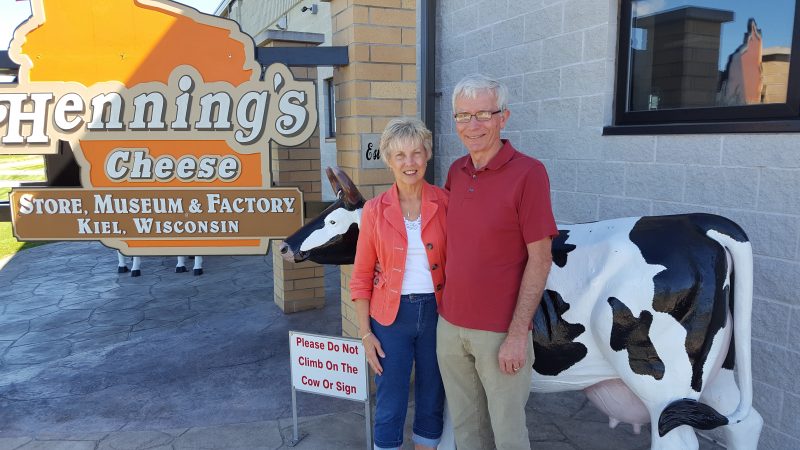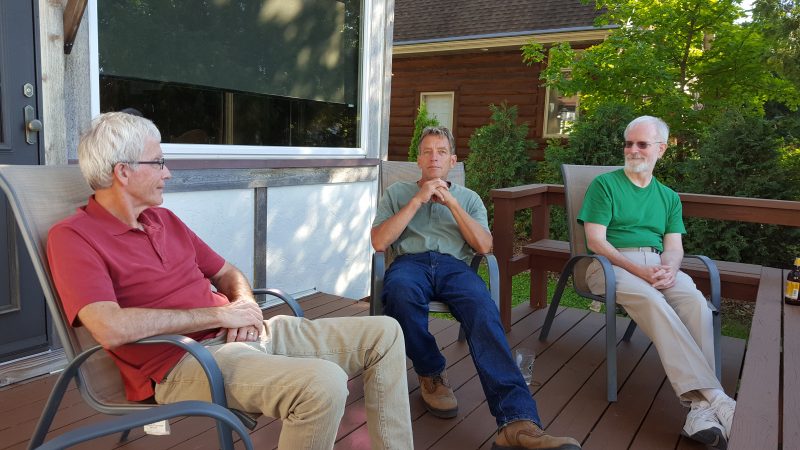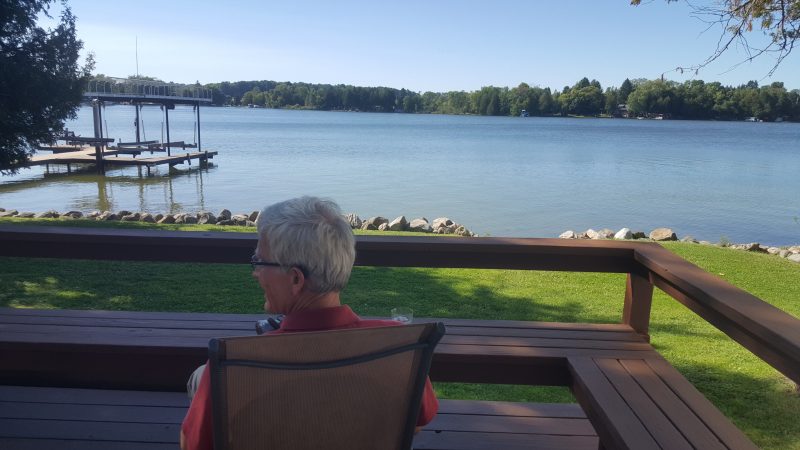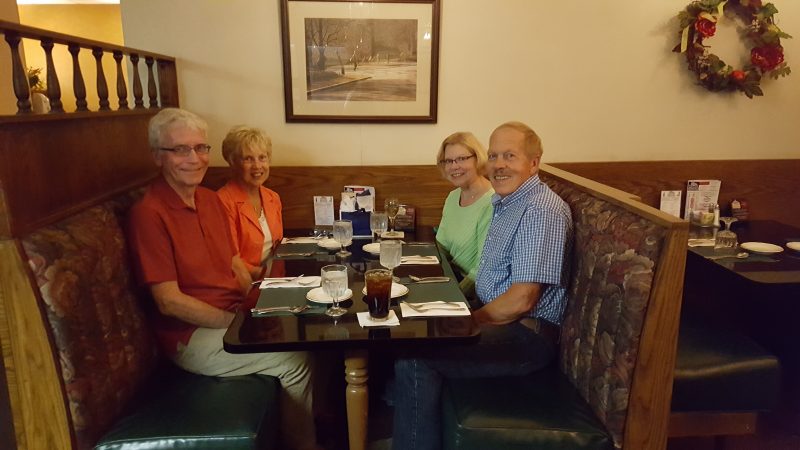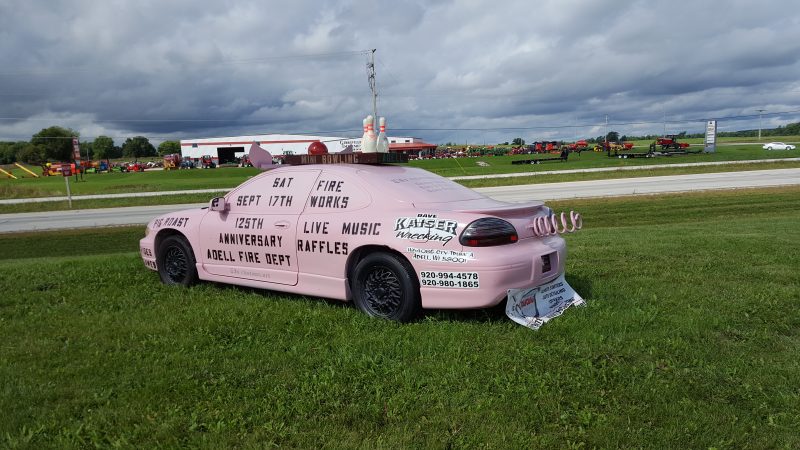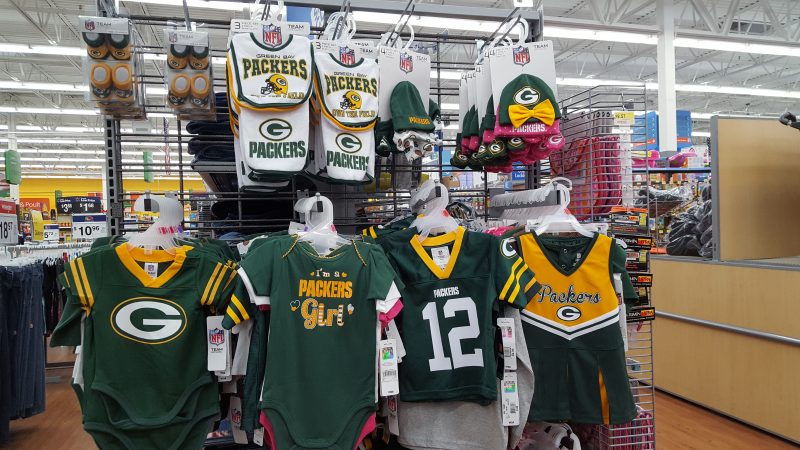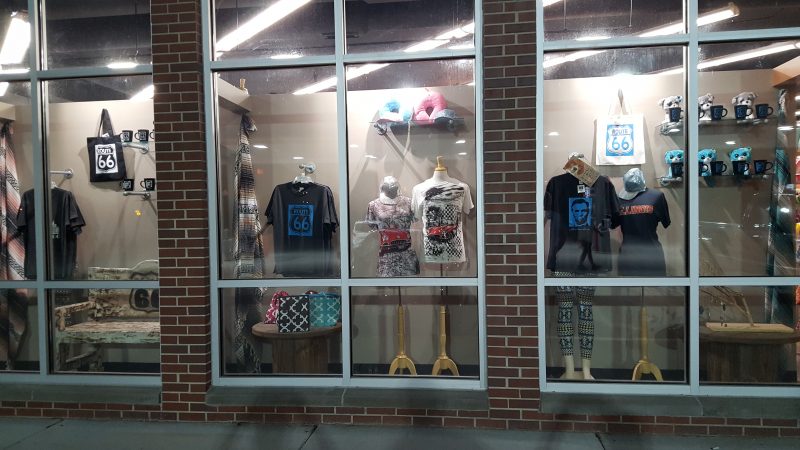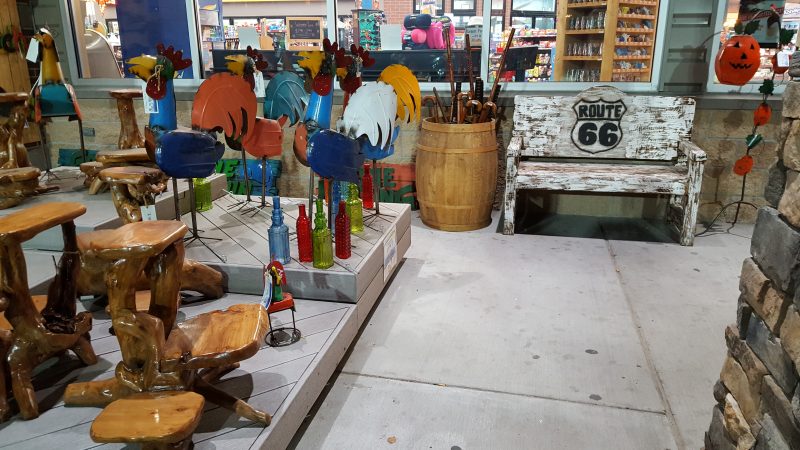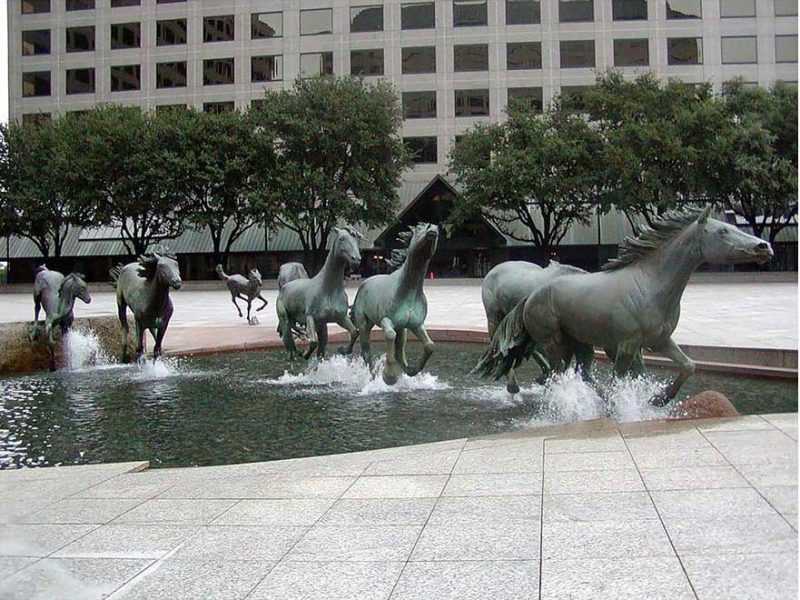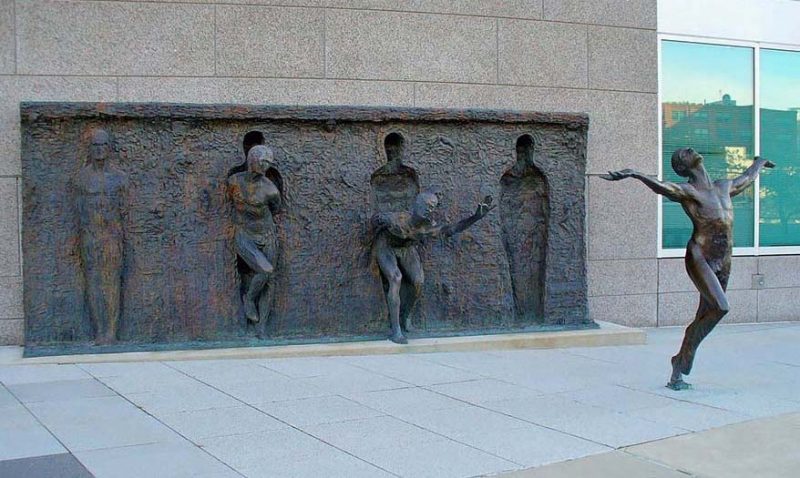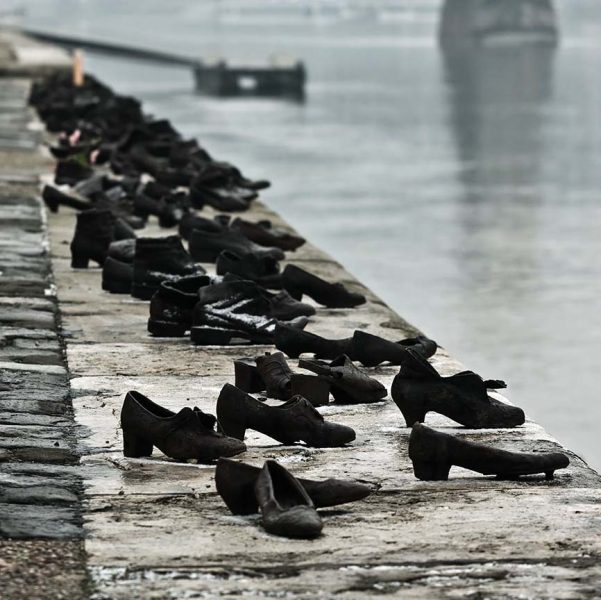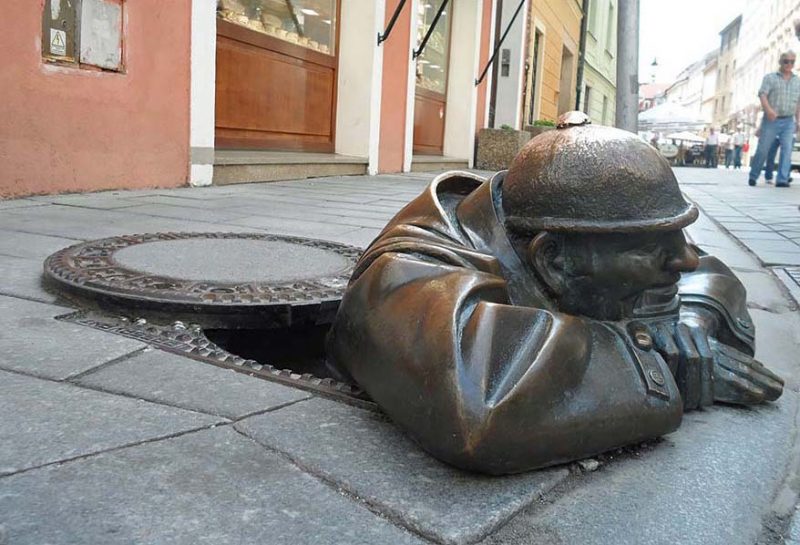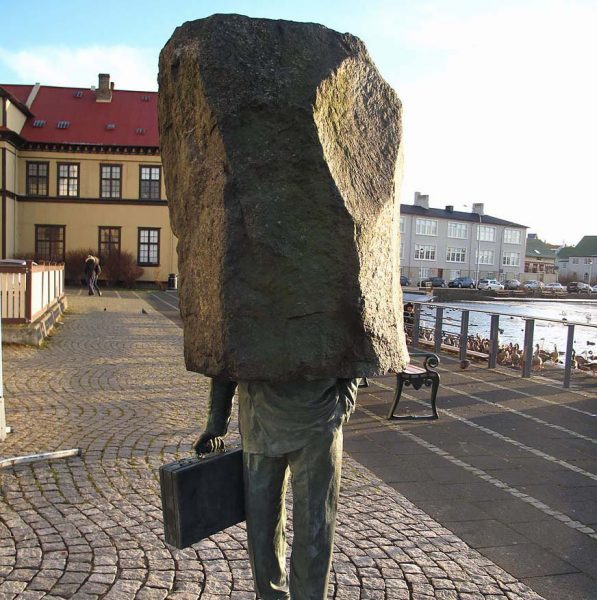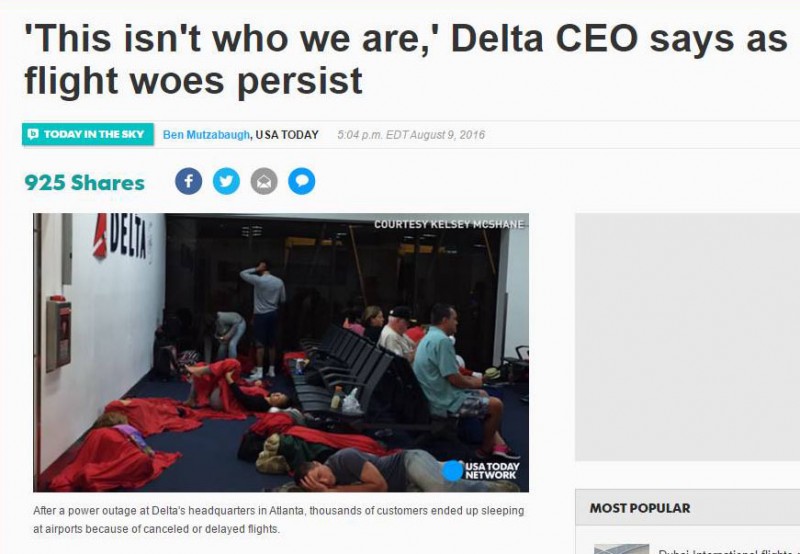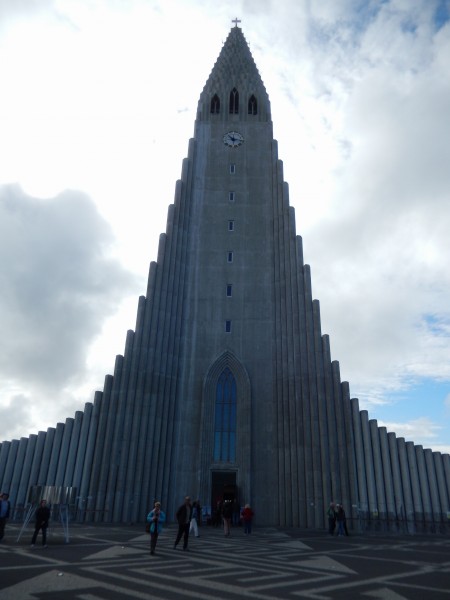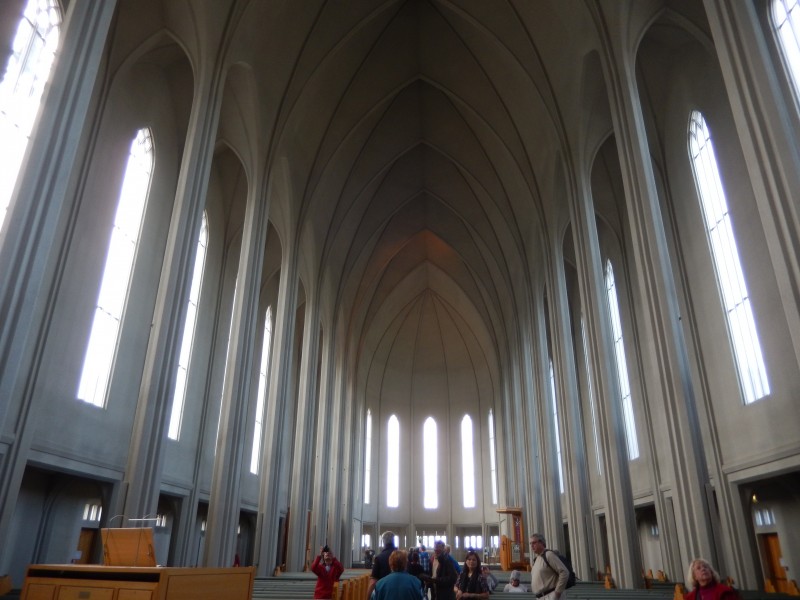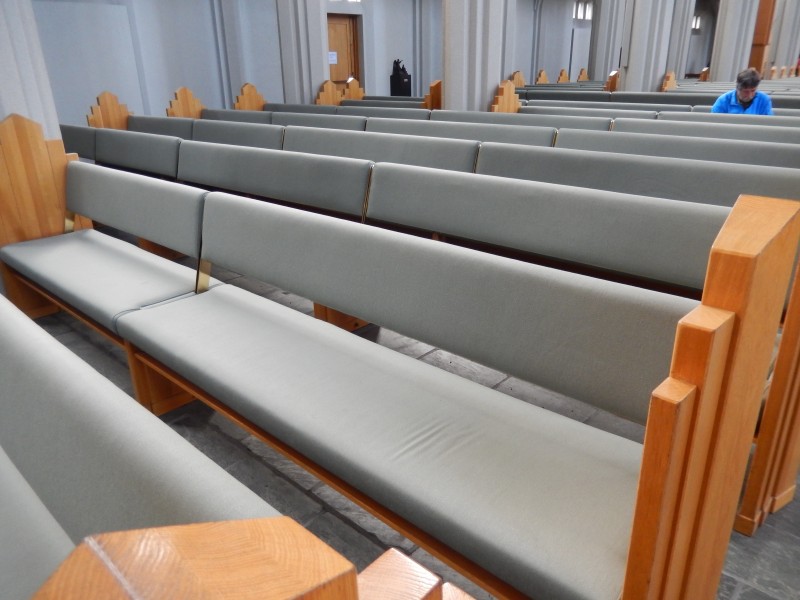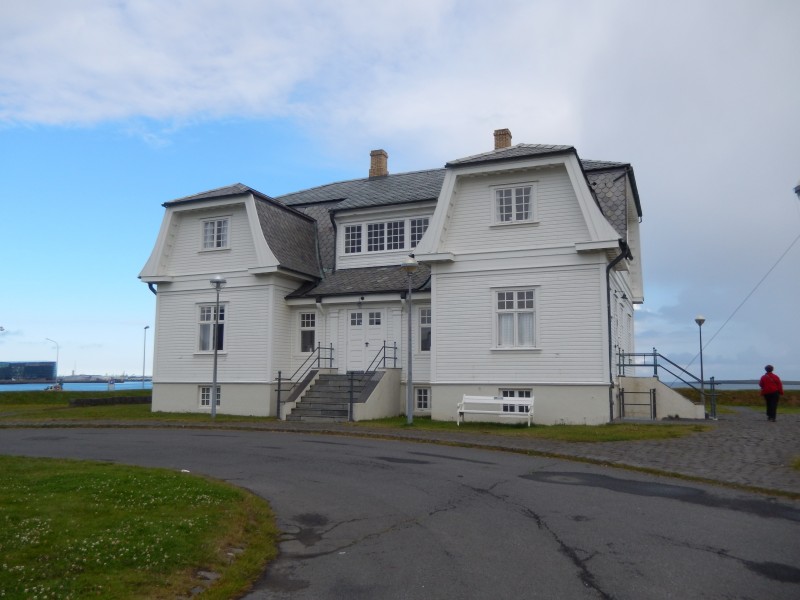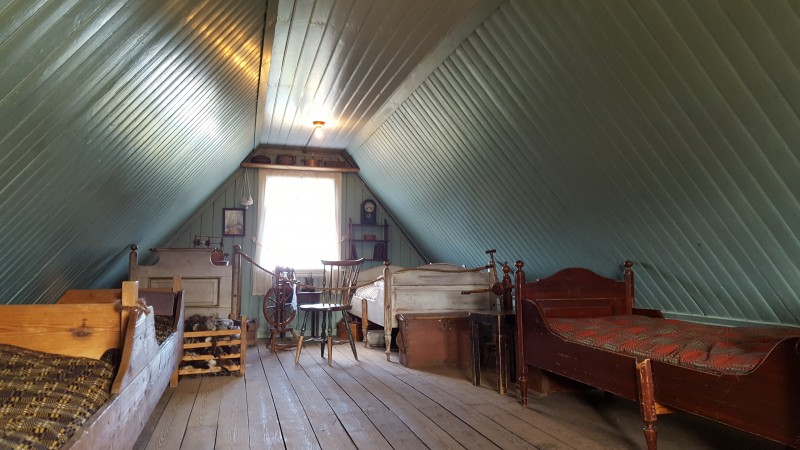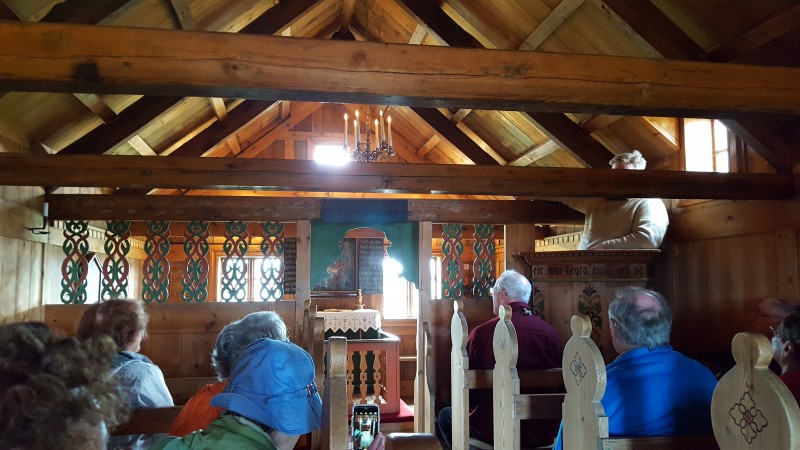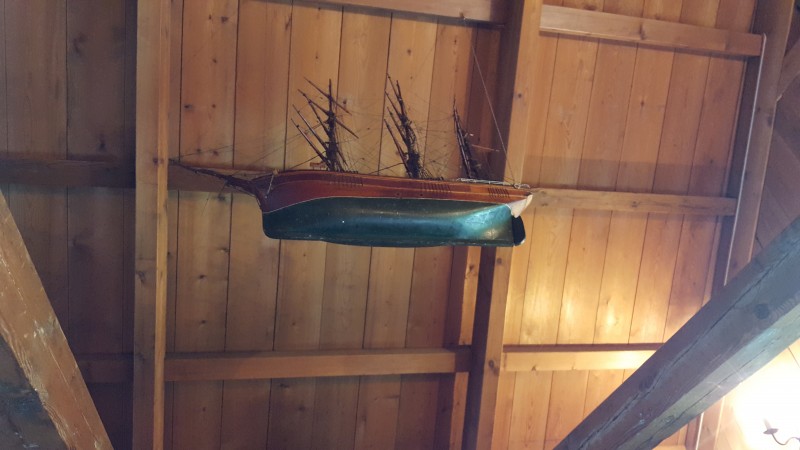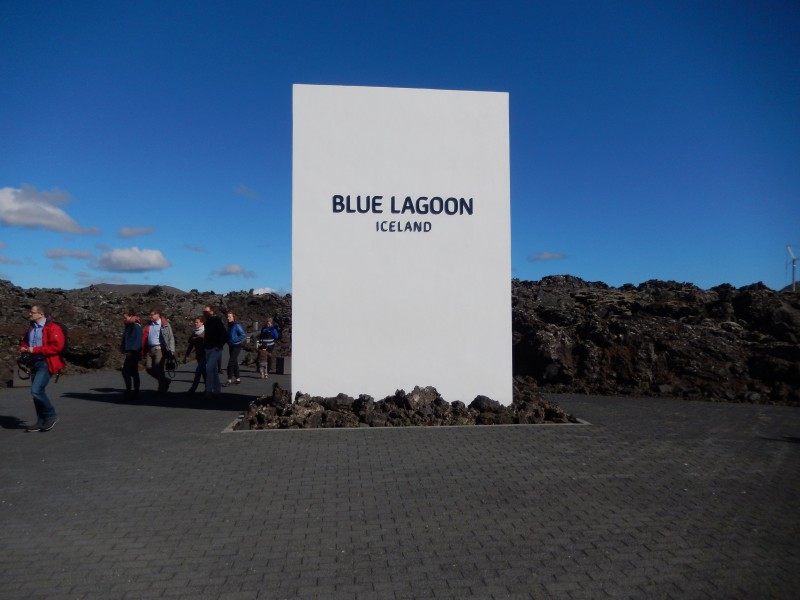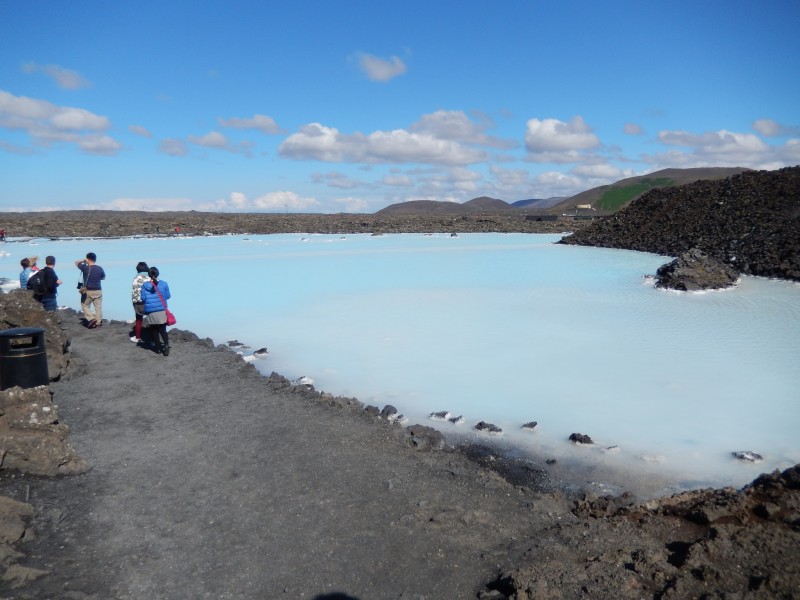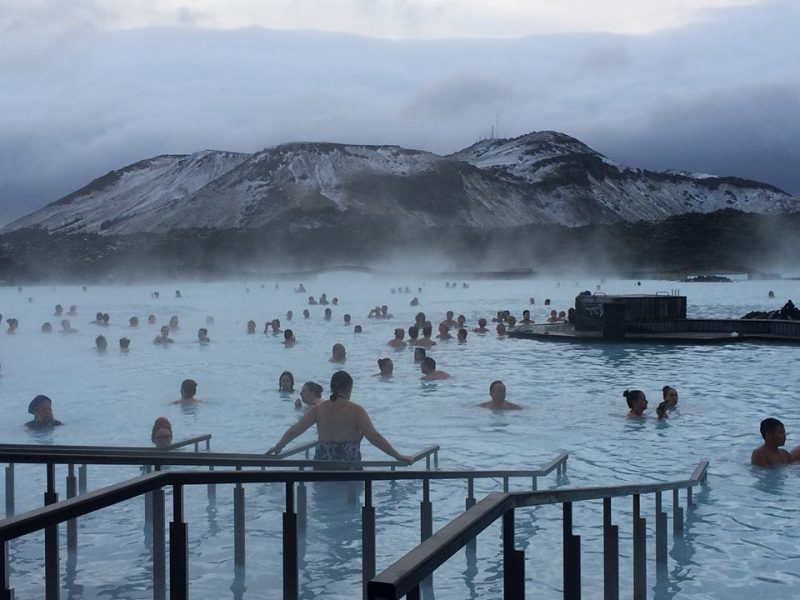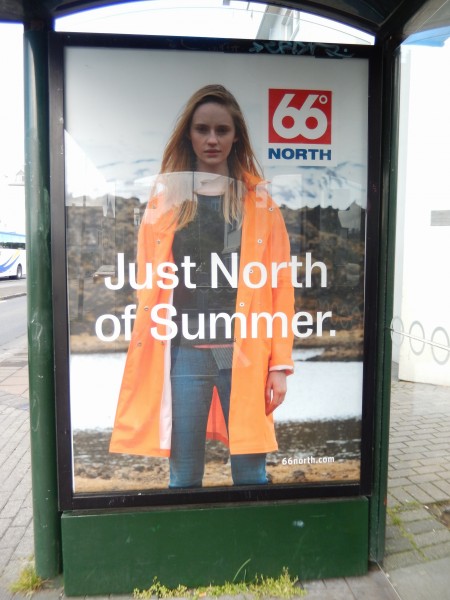Even after nearly six full weeks of traveling, neither Ted nor I was eager for our vacation to end. At the same time, when today arrived, we were ready to go home. I think that’s the best of both worlds: we’re still having fun, but we look forward to home. Too bad it wasn’t quite that easy.
Our shuttle to the airport was arranged yesterday. Three shuttles were going to serve our group, taking us to the airport according to our flight times: 4:30 am, 7:00 am, and 1:00 pm. Our flight was at 10:30 am. Guess which shuttle we were assigned to. In the end, only one couple had a 7:00 am flight, so they were assigned to a cab and the rest of us were given a 30-minute reprieve and didn’t have to report to the shuttle until 5:00 am for the 45-minute drive to the airport.
We went to the hotel business center to print our boarding passes and the next “adventure” began. Ted’s boarding pass printed just fine, but mine brought up an error message informing me that “government regulations” required that I print my boarding pass at the airport. Fine, we’d have plenty of time to do that before our 10:30 am flight. Then, around midnight, we had an email from Delta announcing that our flight would be delayed an hour and fifteen minutes. At 7:00 am another email arrived to tell us the flight would be delayed an additional hour. Of course, these were useless communications to us since the shuttles were already set up and we were at the airport by 5:45 am after only a few hours of sleep.
Ok, we’re at the airport, drinking coffee and hot chocolate with a sweet roll (no breakfast at the hotel before 6:00 am) and basically killing time with our new friends, Jim and Jory from North Carolina. They were on the same flight as Ted and me. Jory had to print her boarding pass at the airport too, but all was going well. As we neared our now 12:30 pm departure time, we headed for the gate. We would have gone sooner, but we couldn’t get near the gate until one hour before our flight. Security or something.
Fine, we were waiting to go to the rest room for the last time before we boarded when the gatekeeper came on the PA and announced a dozen names of people who were to report to the check-in desk. Jory’s name and mine were included. All twelve of us were mystified. We were told to bring our carry-on luggage and to surrender our passports to the gatekeeper. Then we were taken through the airport and on an elevator to a secret (to us, at least) room where we saw a sign that explained what was going on.
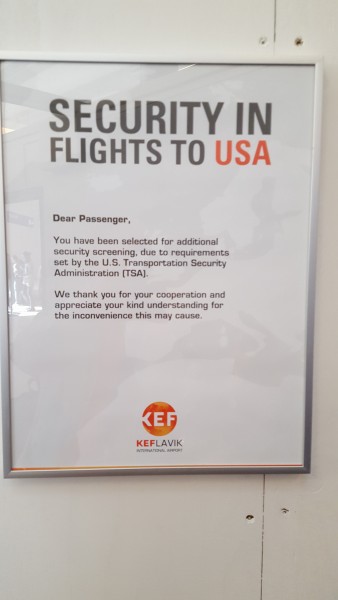
We are apparently security risks to the U.S. government and the TSA.
In pairs of men or women, we were taken into an adjoining room for an additional pat-down and our luggage, purses, etc. were opened and the contents carefully examined. When all twelve of us passed inspection, we were taken back upstairs to the gate area and told we could go to the head of the line for boarding. Our passports were returned and we moved along.
Reykjavik is a small airport and does not have jetways–you have to climb stairs to get into the plane. The larger international planes, however, are parked farther from the terminal, so we had to take a shuttle to get to the stairway to get on the plane. I waved at Ted and Jory waved at Jim (they were standing in line as we were leaving to board the plane) and I gave Ted a thumbs-up so he wouldn’t worry (much). When we tallied things up afterward, Ted had been through five security checks between arriving at the airport and boarding the plane (showing his passport, answering security questions, and getting his luggage scanned) and I had been through six. I thought TSA in the U.S. was bad, but Reykjavik takes security very seriously.
The first-in-line priority for those of us who were super secure ended when we boarded the shuttle. At that point, it was everyone for him/herself. It took us twenty minutes after arriving at the plane to actually get up the stairs and into our seats. Since the extra security check and the boarding process had taken most of the hour Jory and I had planned to wait in the boarding area, allowing no time for a restroom stop, I used the restroom on the plane. As I was returning to my seat, I heard an announcement telling the crew to prepare the cabin for takeoff and to lock the cabin doors. My first thought was “Ted isn’t here!”
I spoke with one of the stewardesses and she used her phone to call another stewardess who had apparently heard the same thing from other passengers. After a quick check, another announcement told the crew to leave the front cabin door unlocked. It was probably at least 20-30 minutes before the second shuttle load of passengers (half of the passengers on the flight, including Ted) arrived at the plane. Ted said they spent at least 15 minutes at the gate waiting for four passengers. Maybe those passengers were on a delayed flight like ours and it was easier to wait for them to make the connection than to put them on another flight. Anyway, by the time the passengers from Shuttle No. 2 were finally seated (with only one door open to enter the plane instead of two), the plane was full instead of half-full. Our 10:30 am flight took off at about 1:00 pm. Delta: Don’t Expect to Leave The Airport.
Question: Don’t you think the crew would know before take-off how many passengers are expected on the flight? Did they not notice that half the seats on a fully booked flight were still empty when they received the order to prepare for take-off?
As it turned out, our seats were directly behind Jory’s and Jim’s, so we could exchange comments during the flight to Minneapolis and, when we arrived, the four of us went through customs together. This time we were able to head for the “U.S. Residents” line and I heard my favorite words from the customs officer: “Welcome home.”
Luckily, we had a three-hour layover in Minneapolis so, even with our delays, we still managed to be on time (just) for our flight to St. Louis. Kari and Teddy were at the airport to take us home, and the vacation was over. The adventures, however, were not.
We got home from the airport around 3:30 pm, having been awake since the equivalent of 11:00 pm the previous evening with nothing to eat except the sweet roll at the airport and lunch on the plane hours ago. We were hungry, so we went out to dinner and were eating pizza (six weeks without pizza!) by 4:30 pm.
Our plan was to go directly home without passing “Go” and go to bed, but that didn’t work out too well. We got within a half mile of the house and the car died. We walked home to wait for the tow truck and, two hours later, it arrived. After that, we went to bed and slept twelve hours. No early wake-up call in the morning, no sightseeing scheduled. The vacation was fun, and it’s good to be home.
Many thanks to Kari, who stocked some essentials in the refrigerator so we didn’t need to make an immediate grocery run.
Ed. note: The fuel pump on the car died. The new one is working fine.




